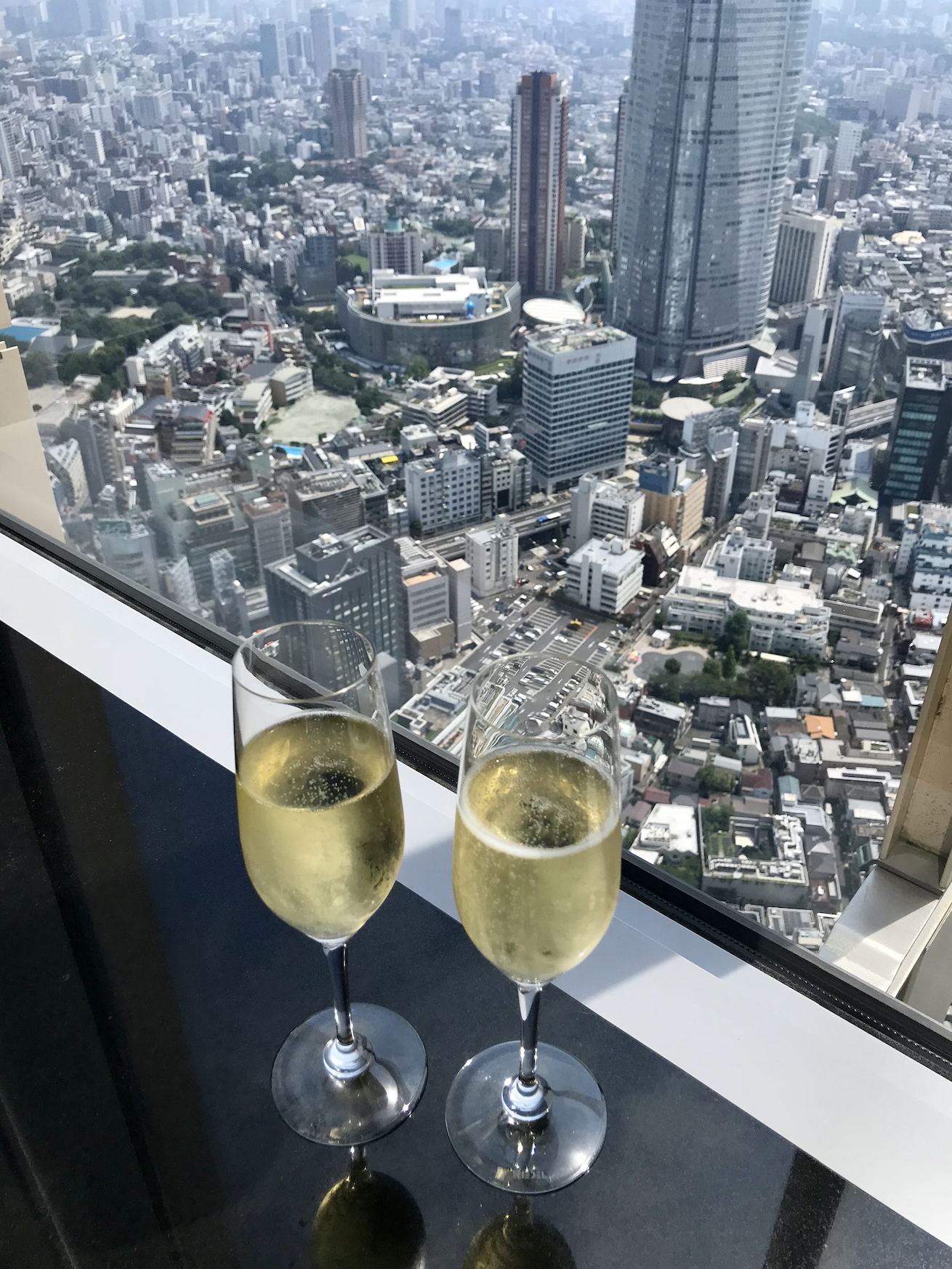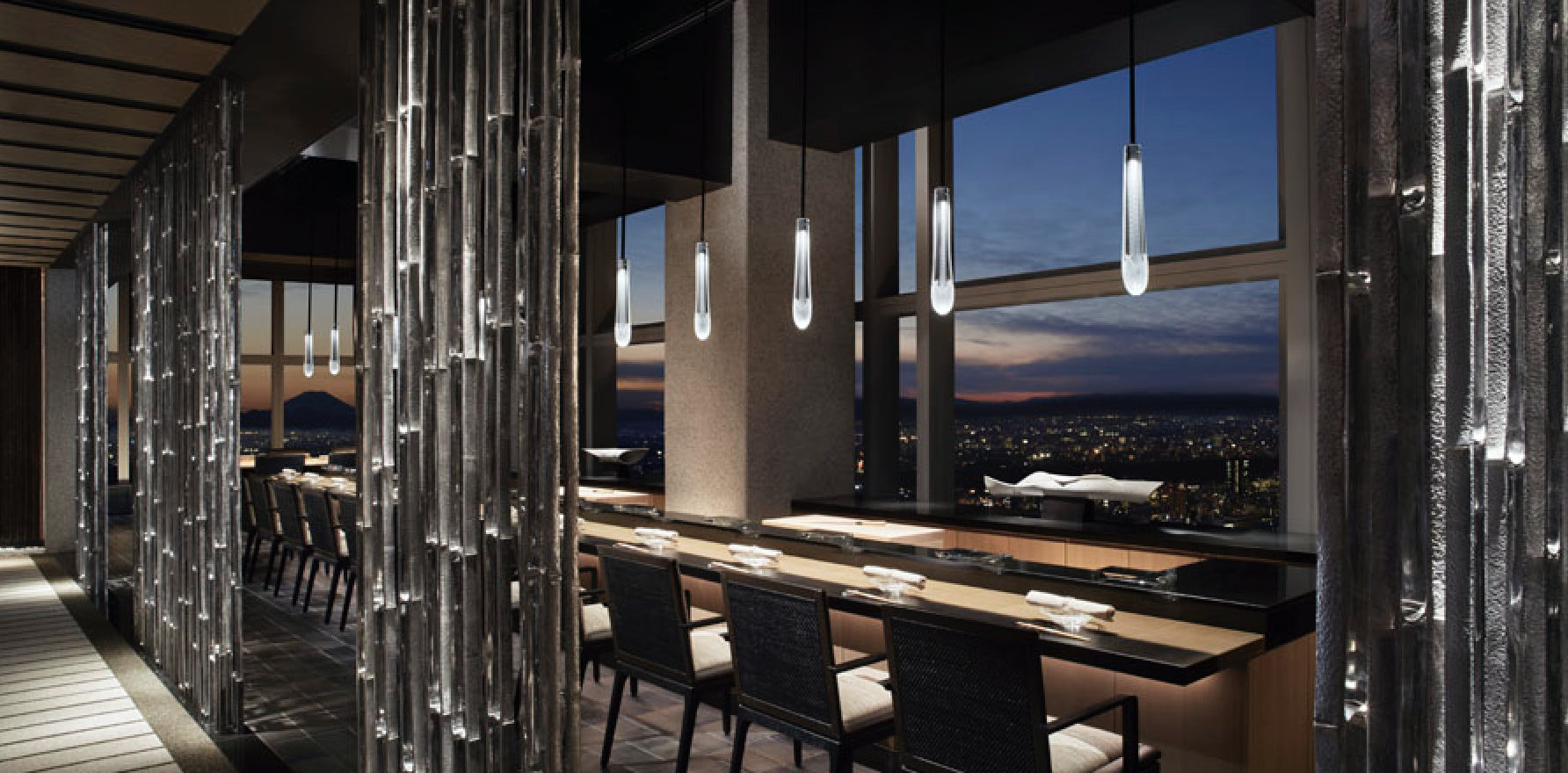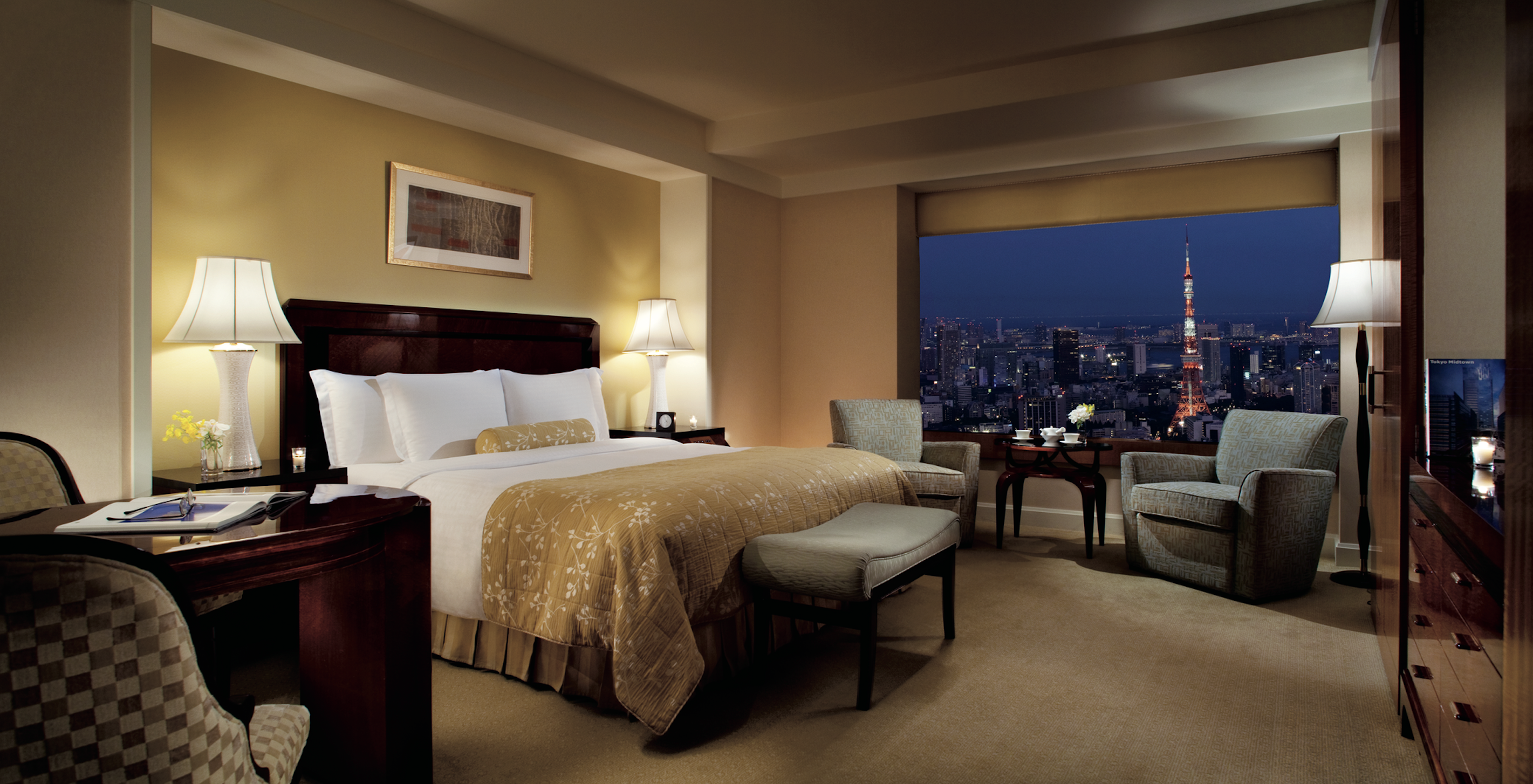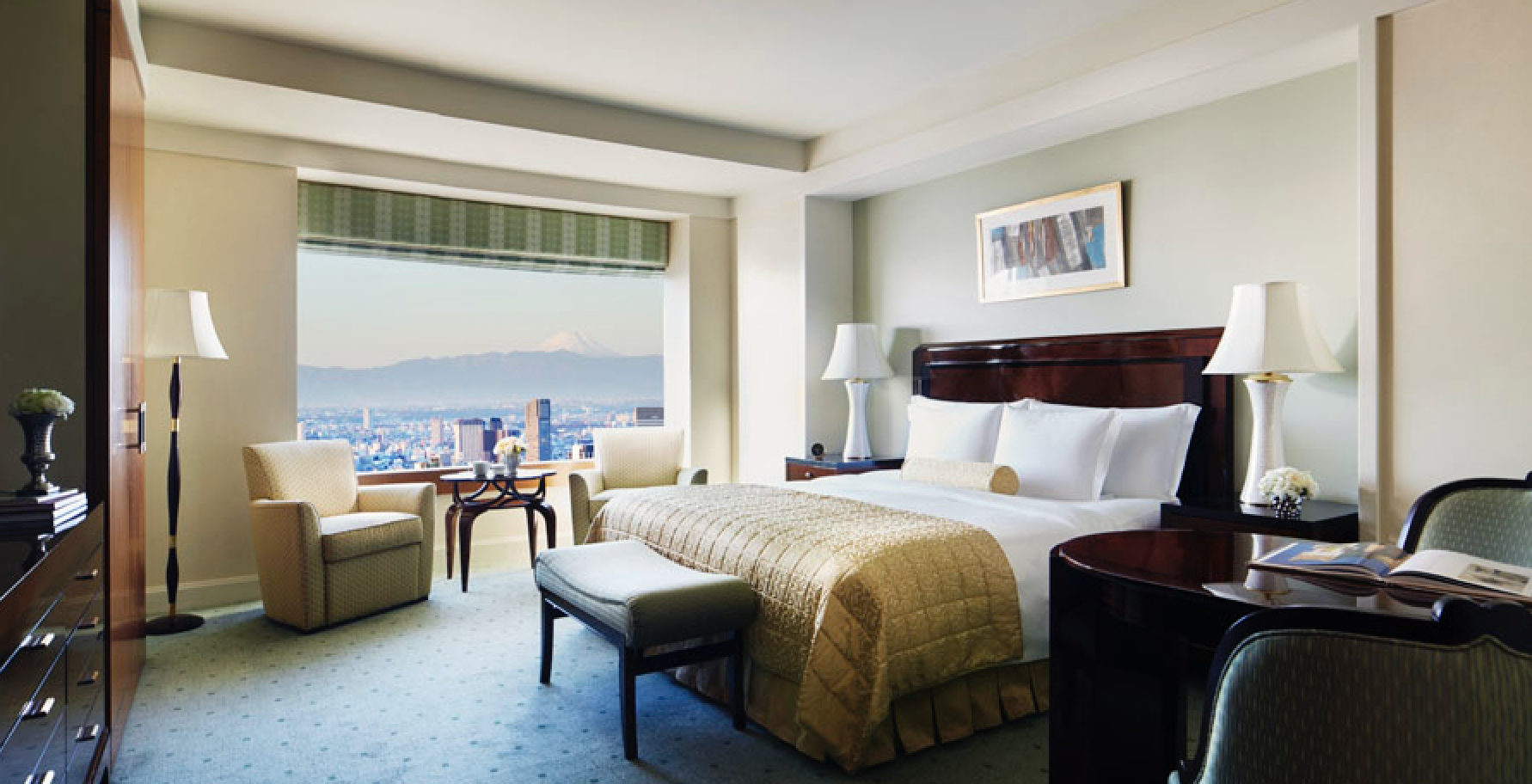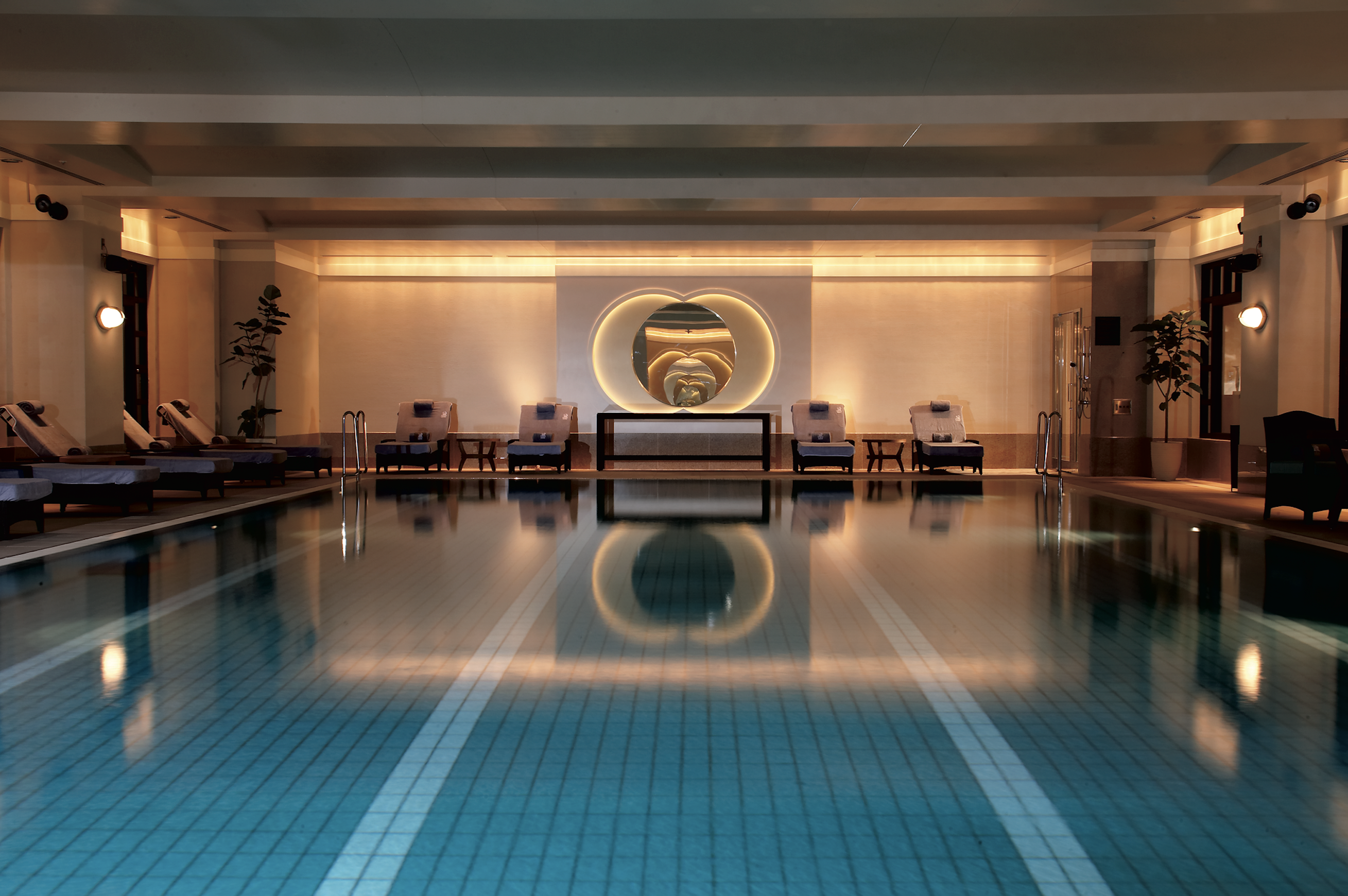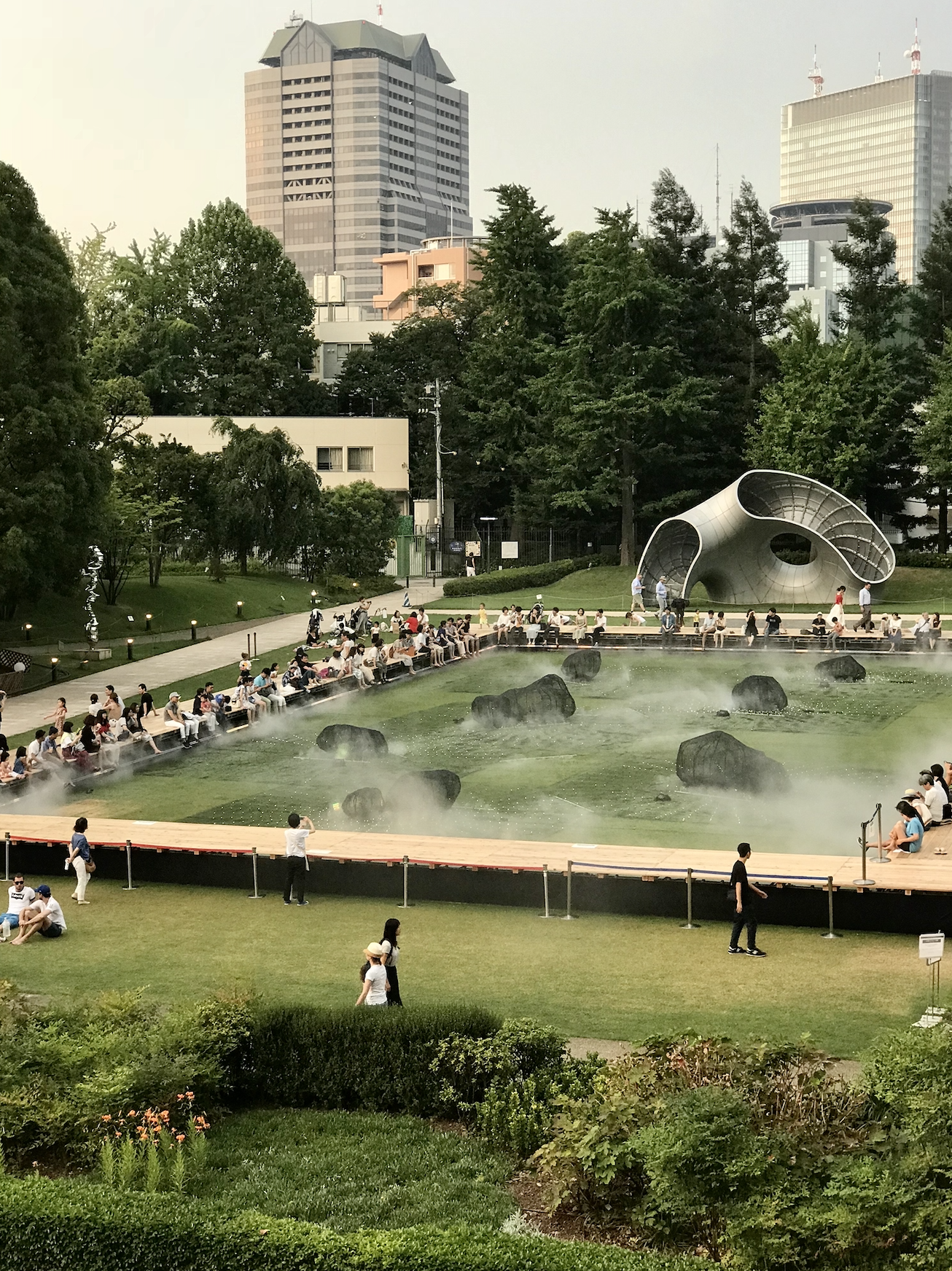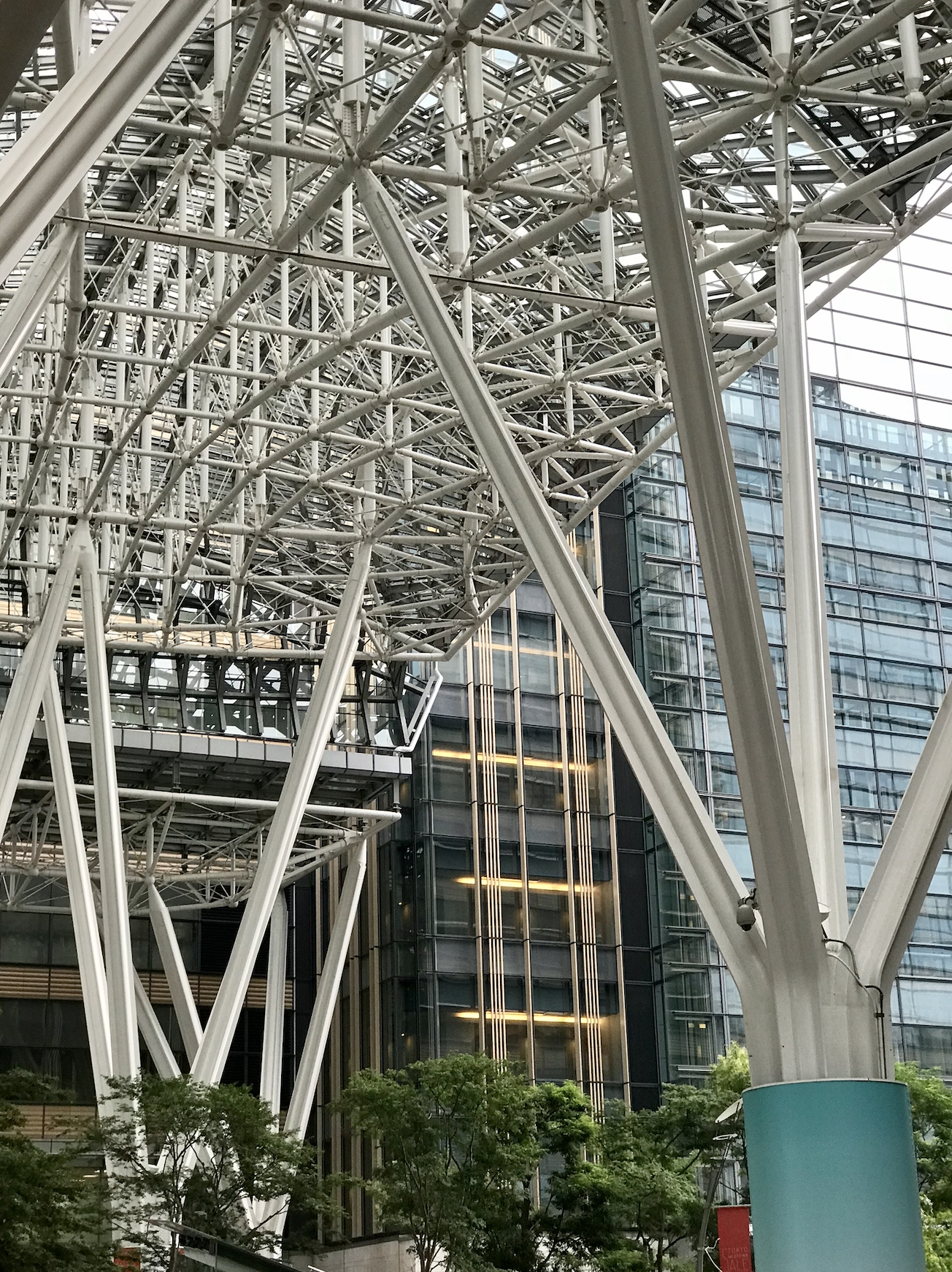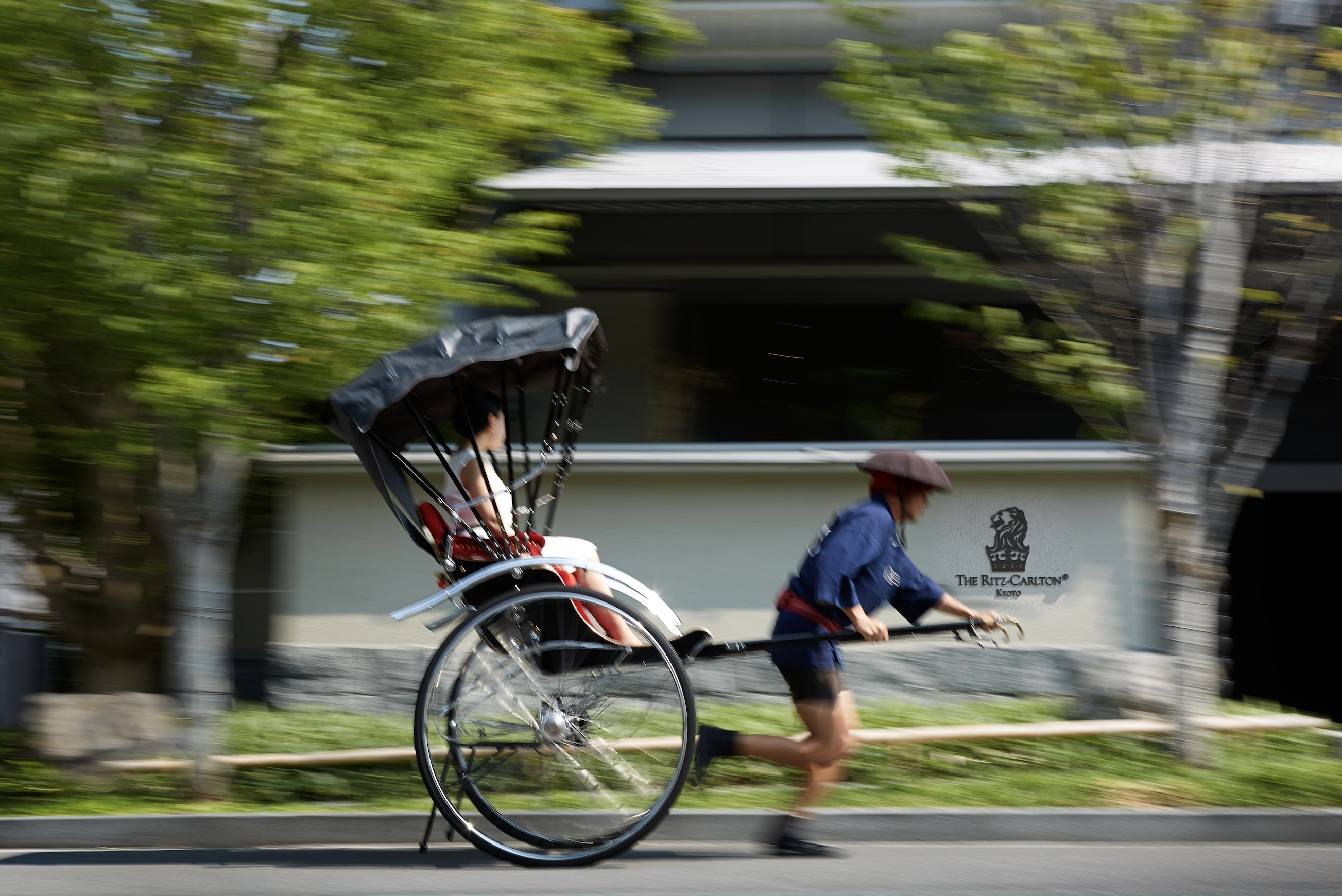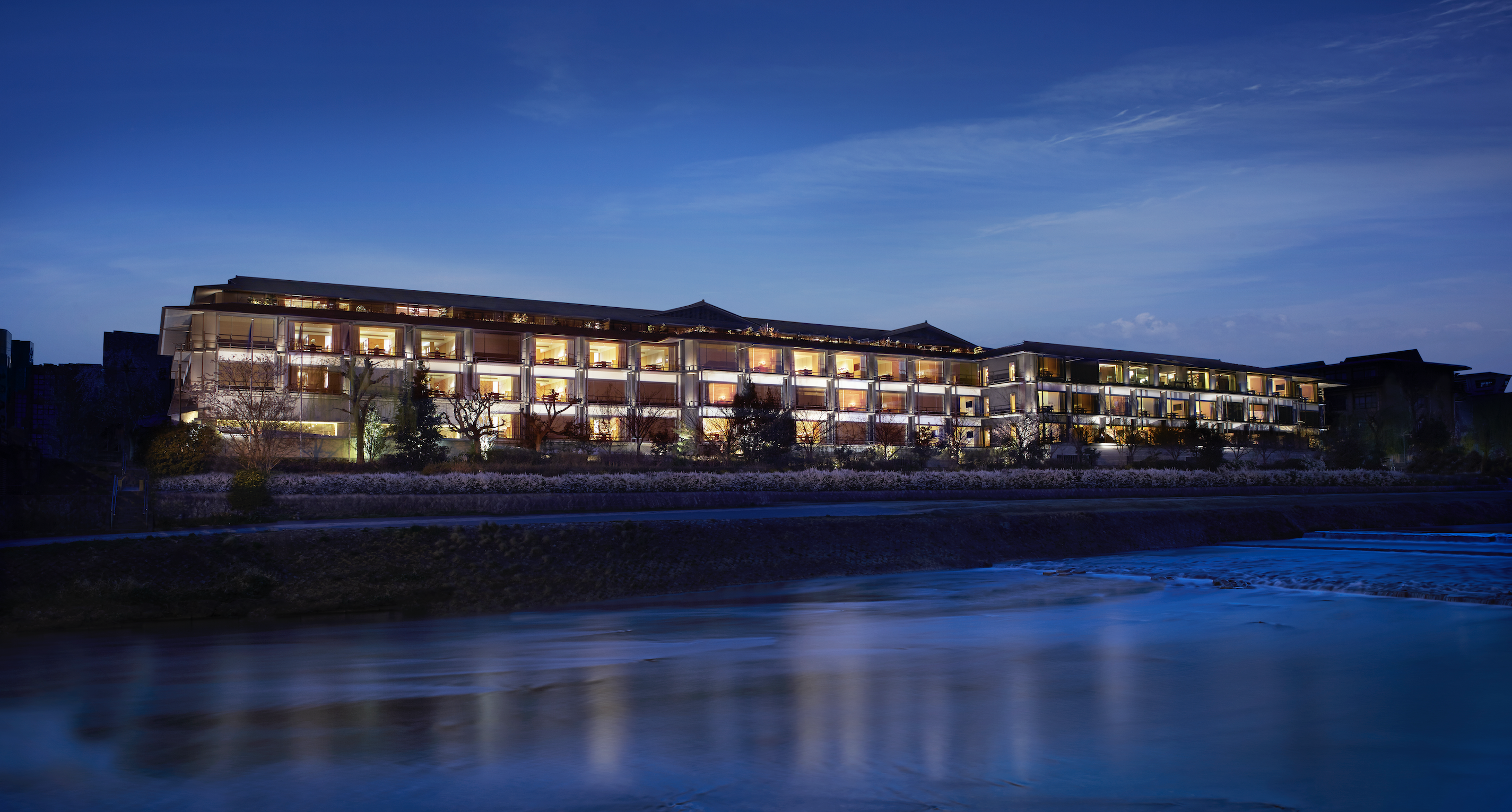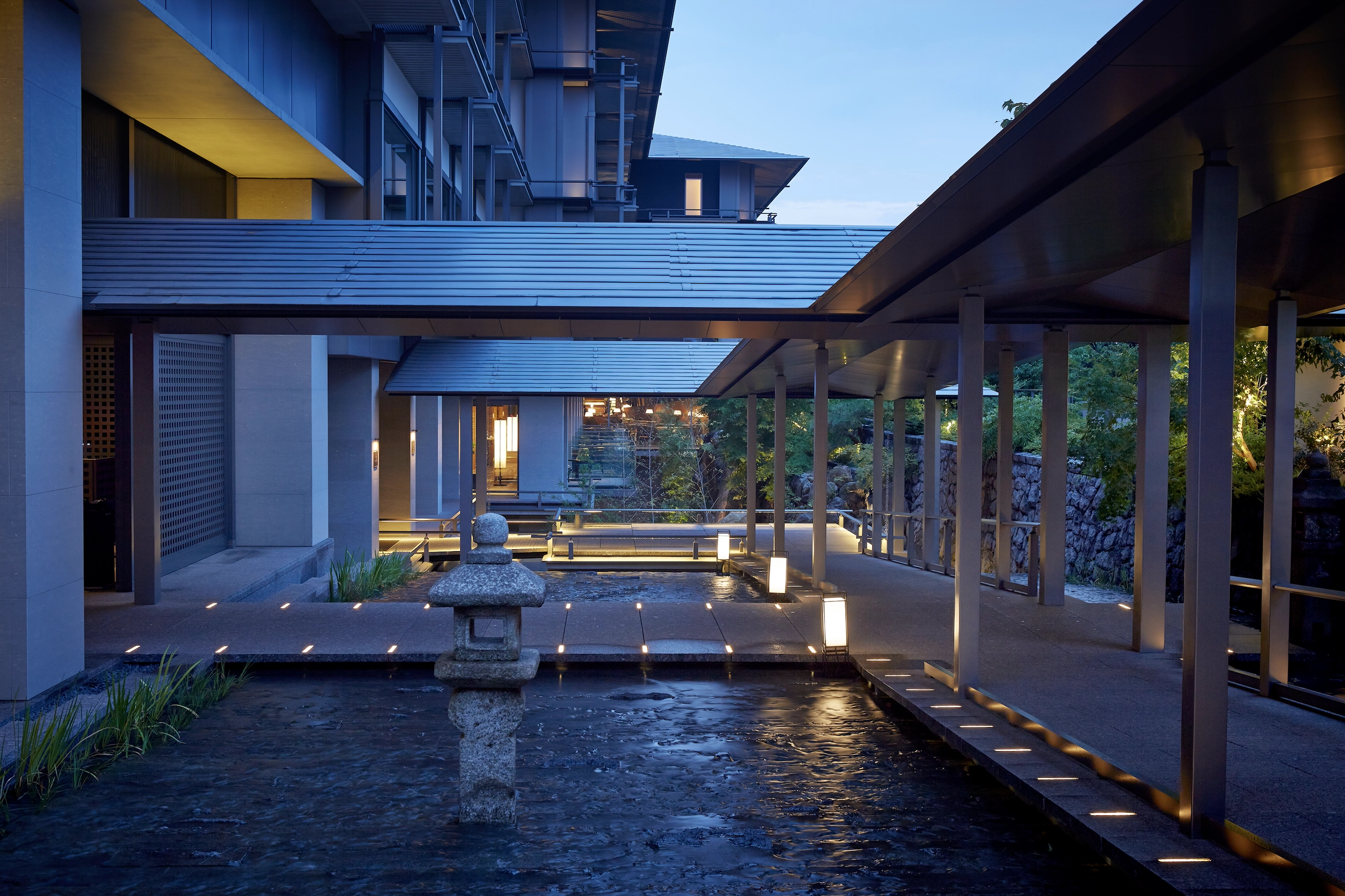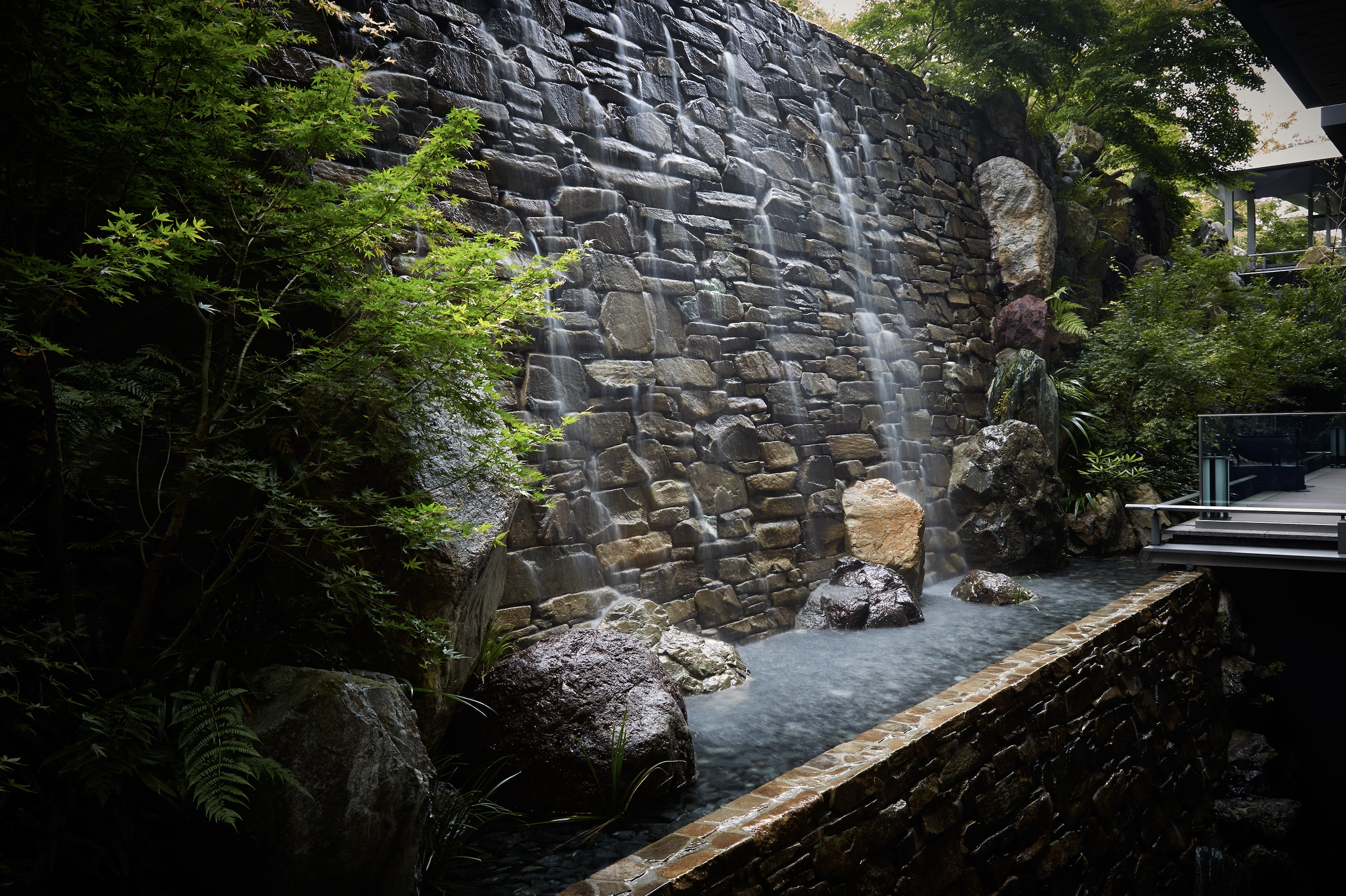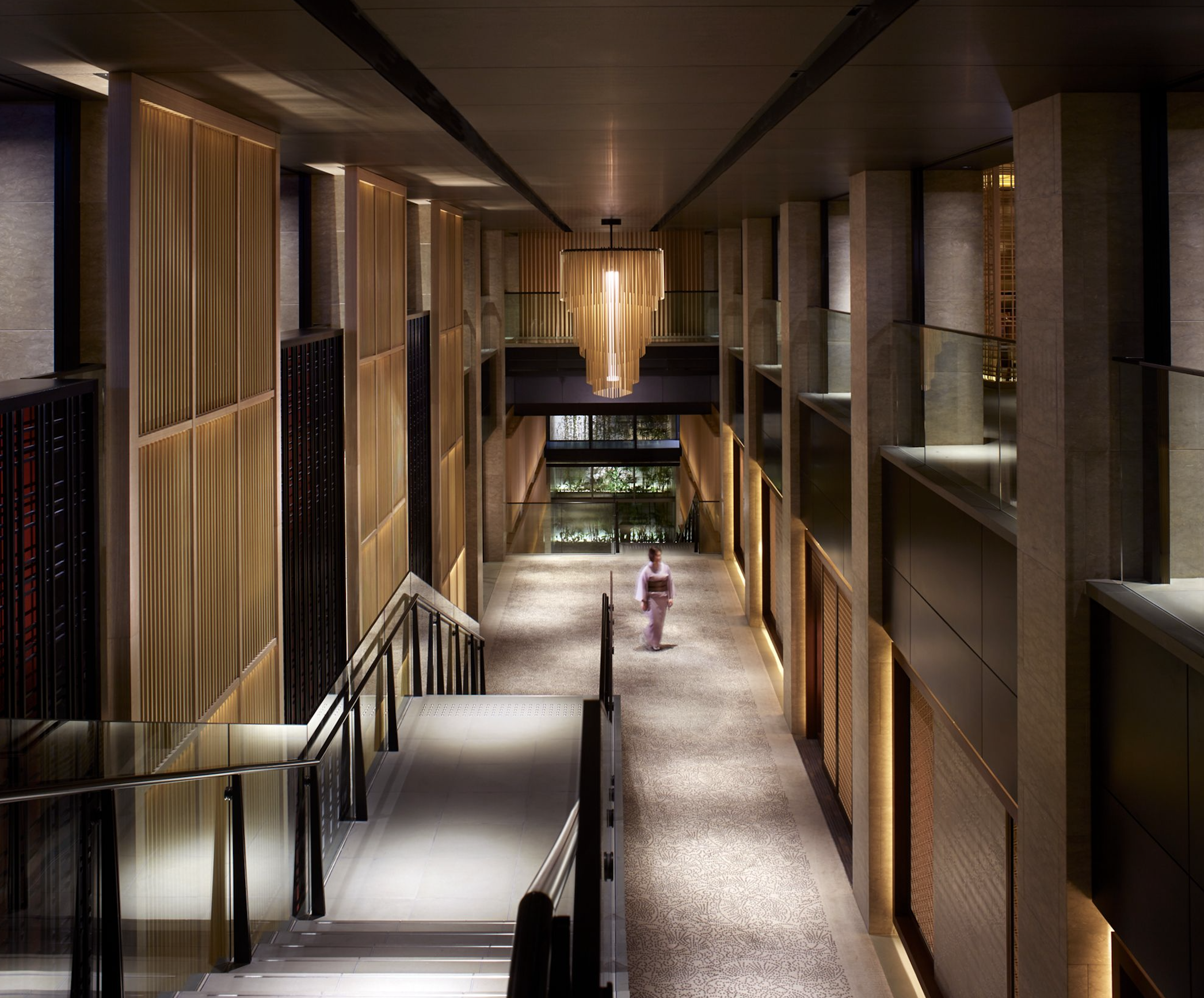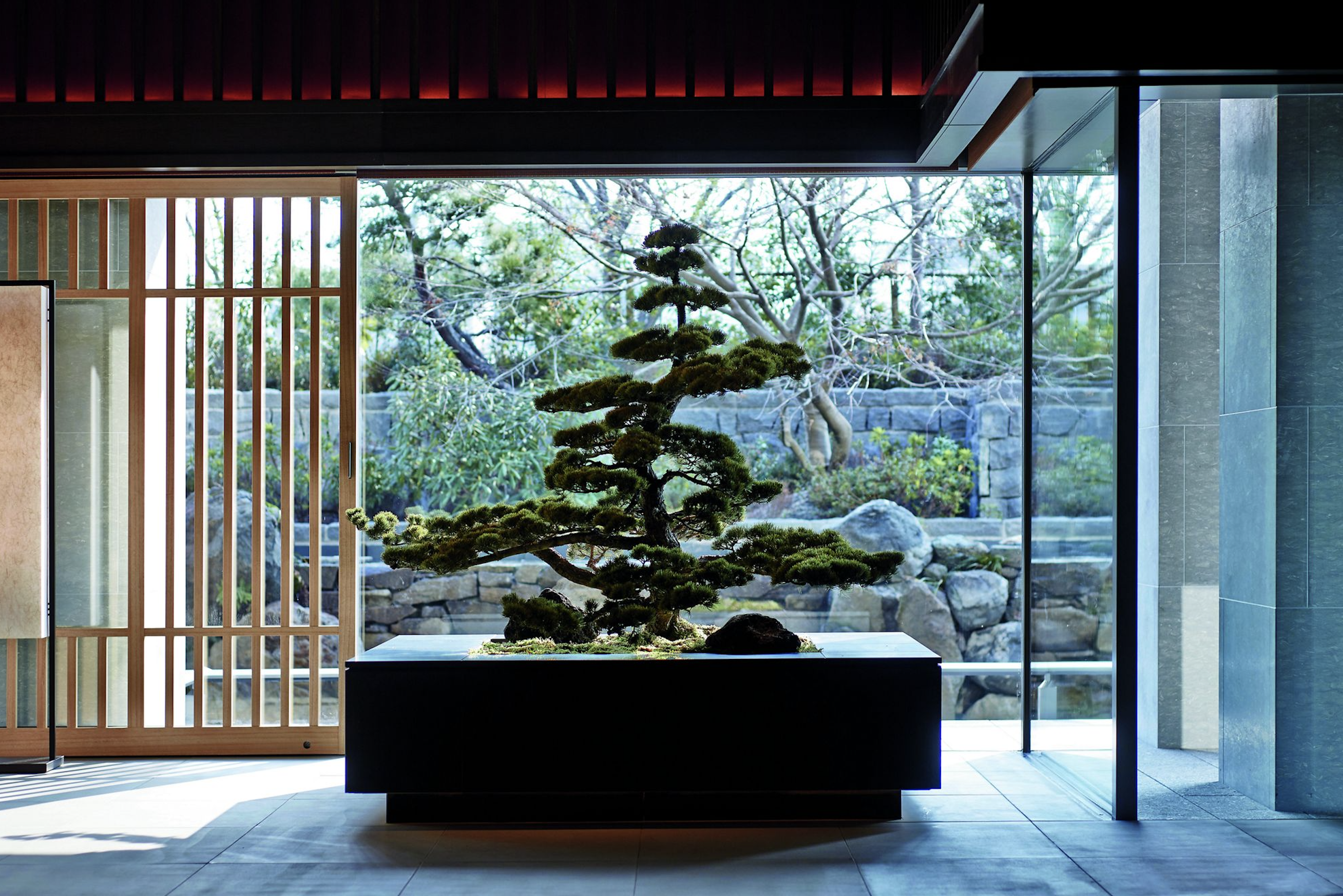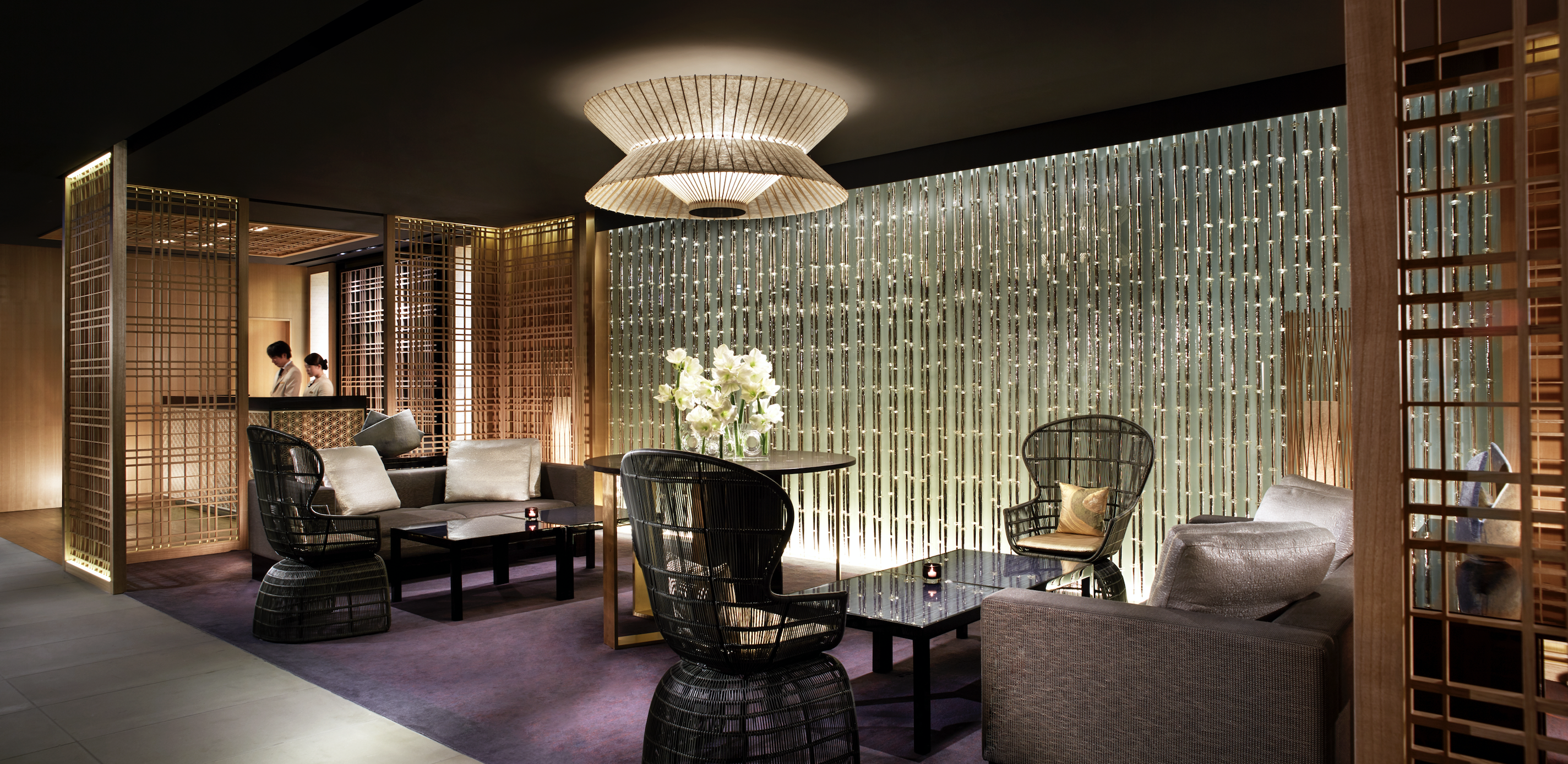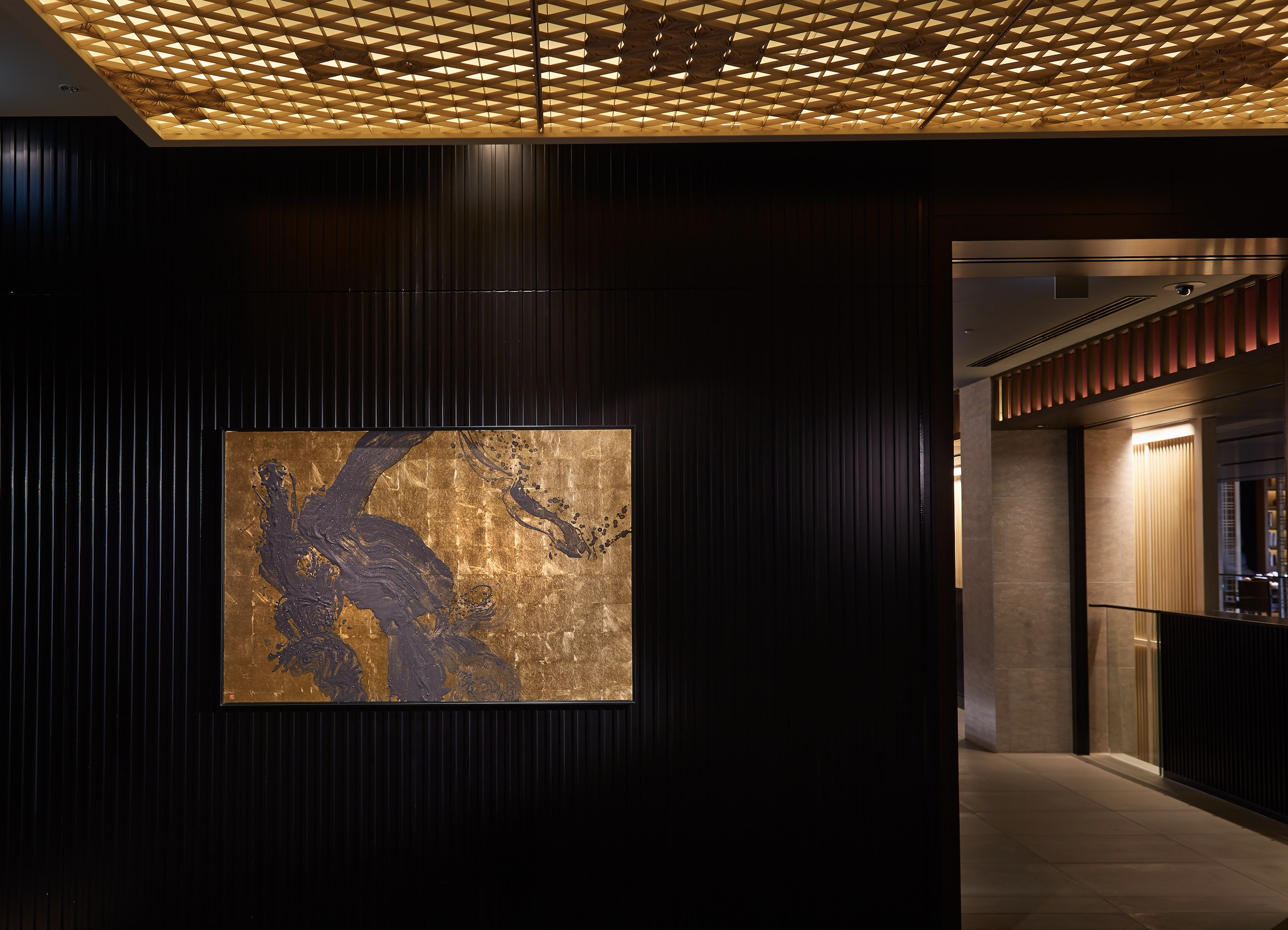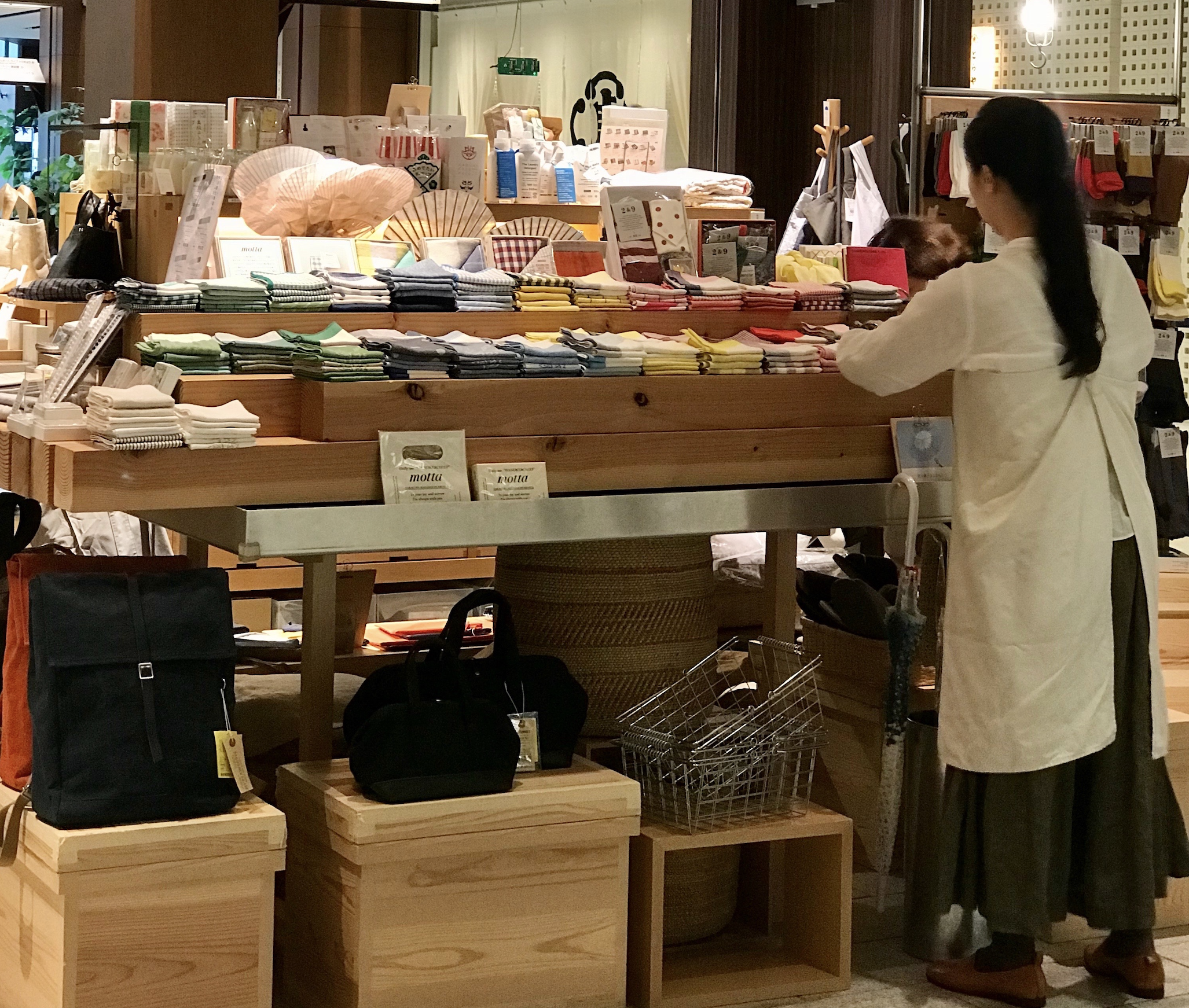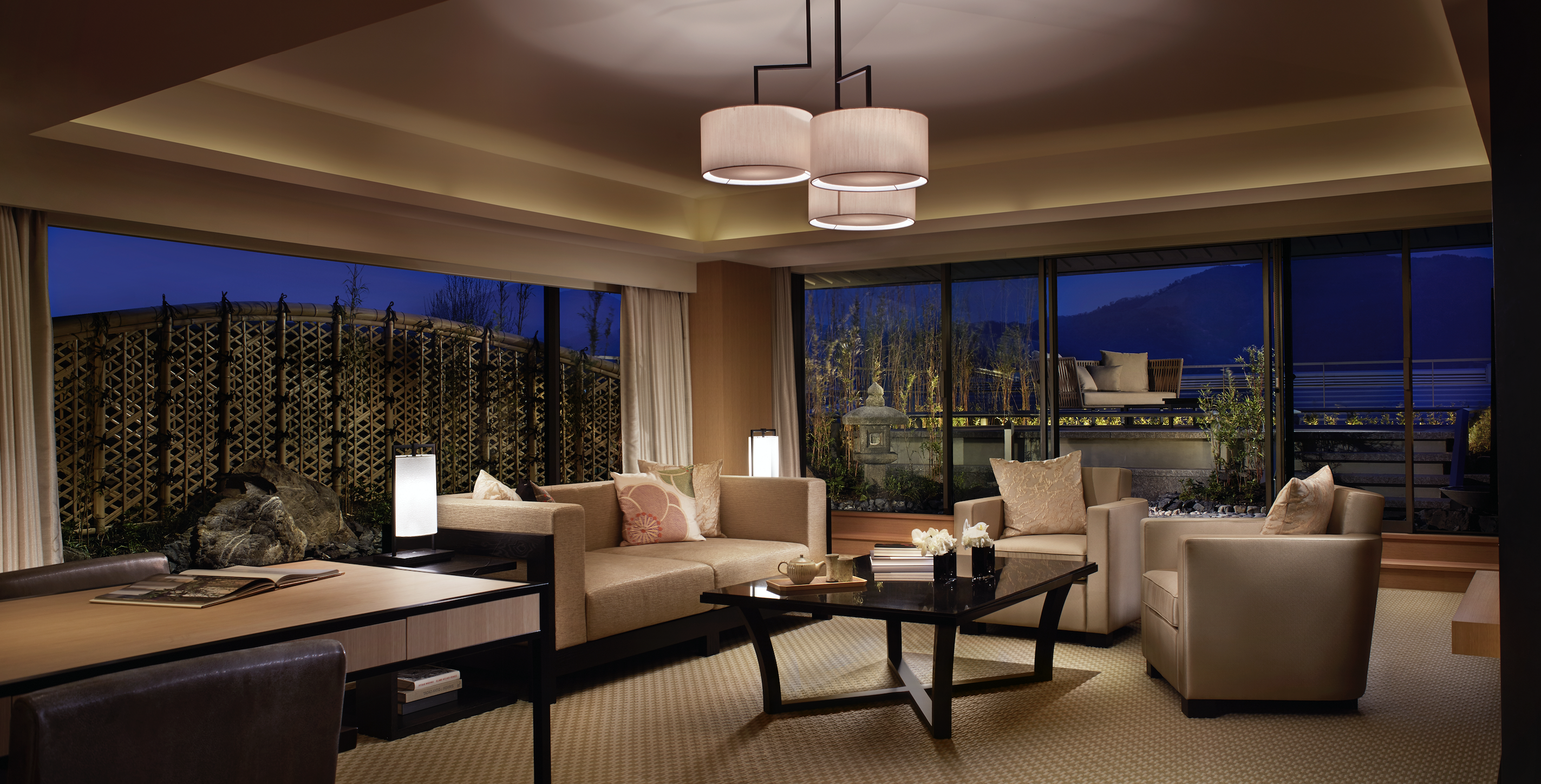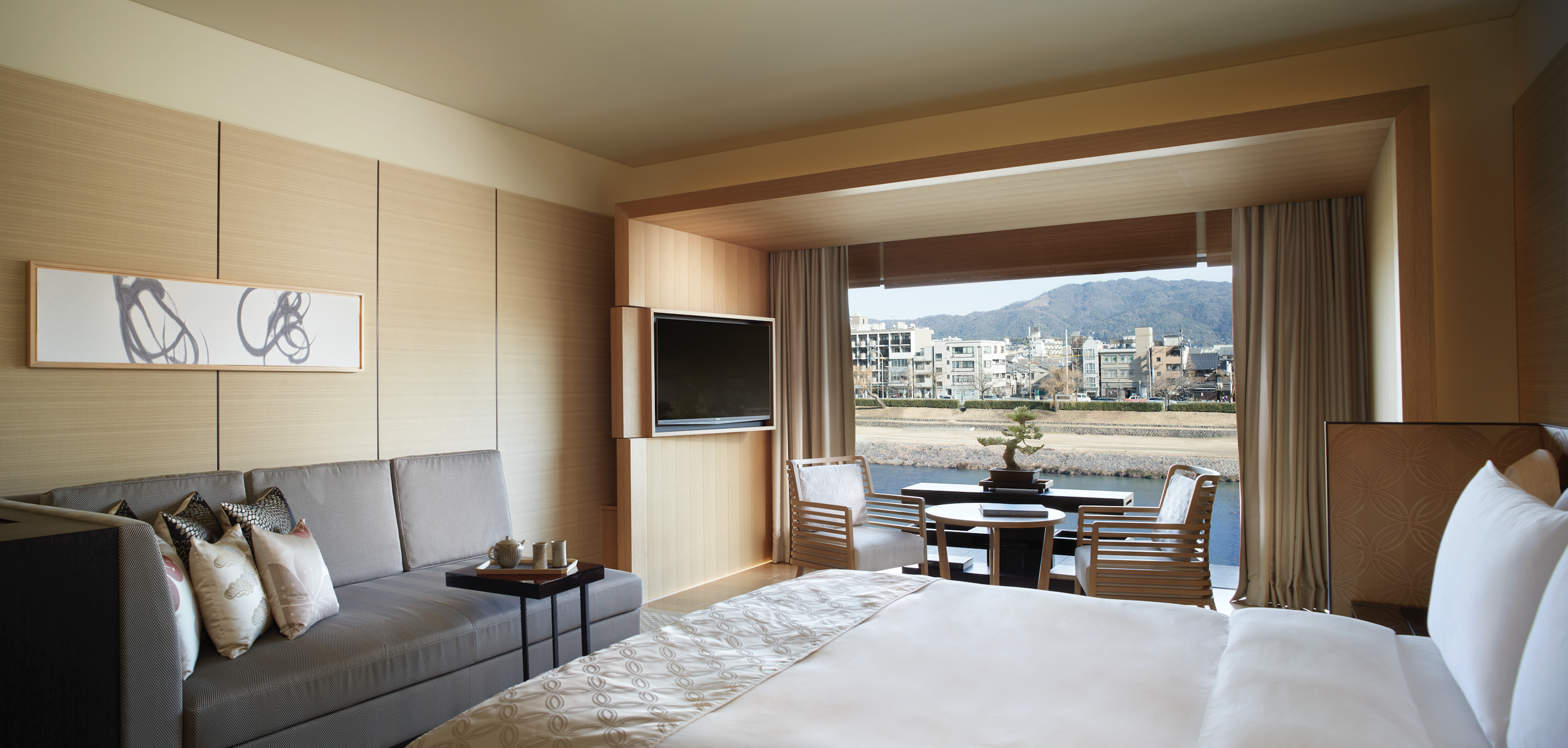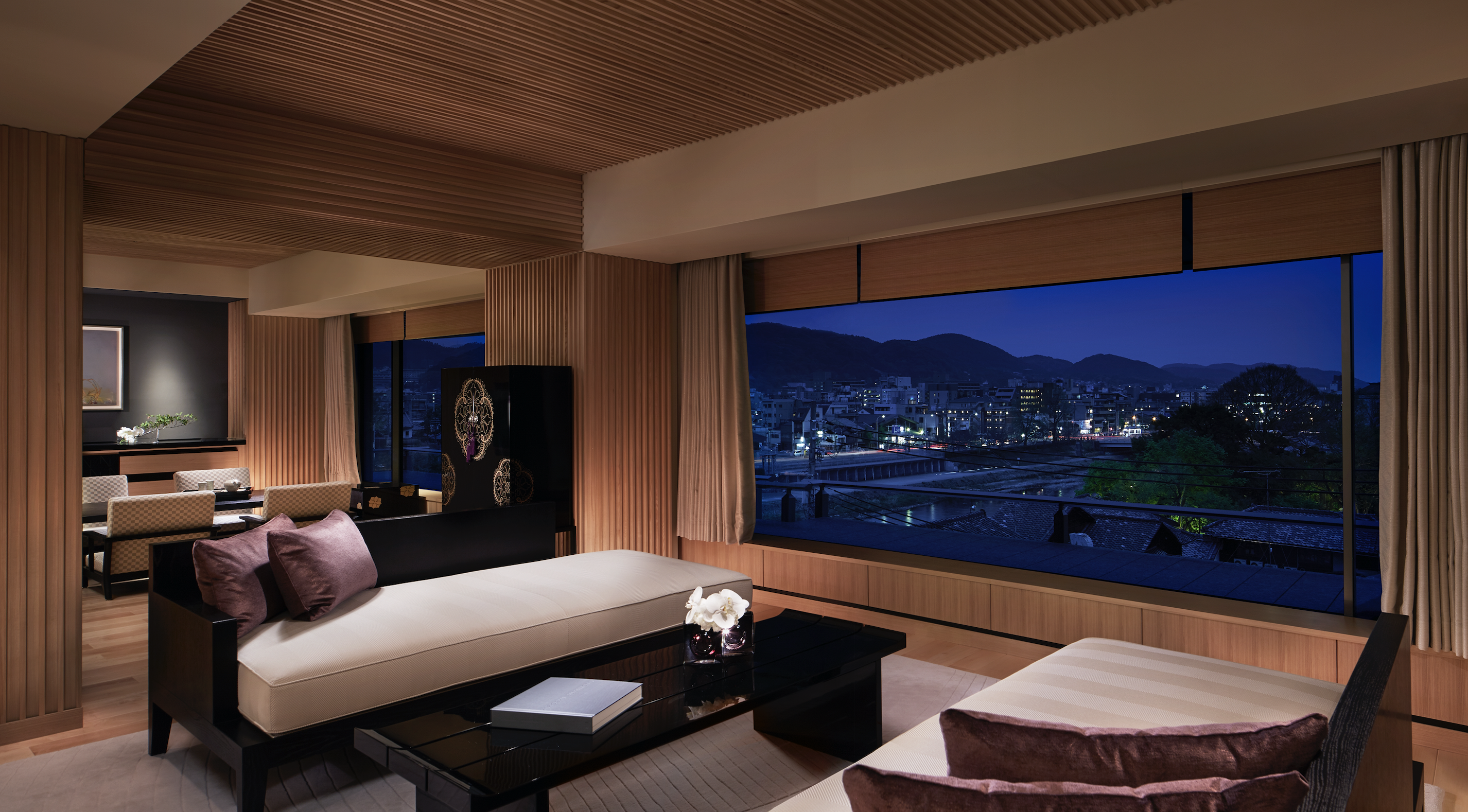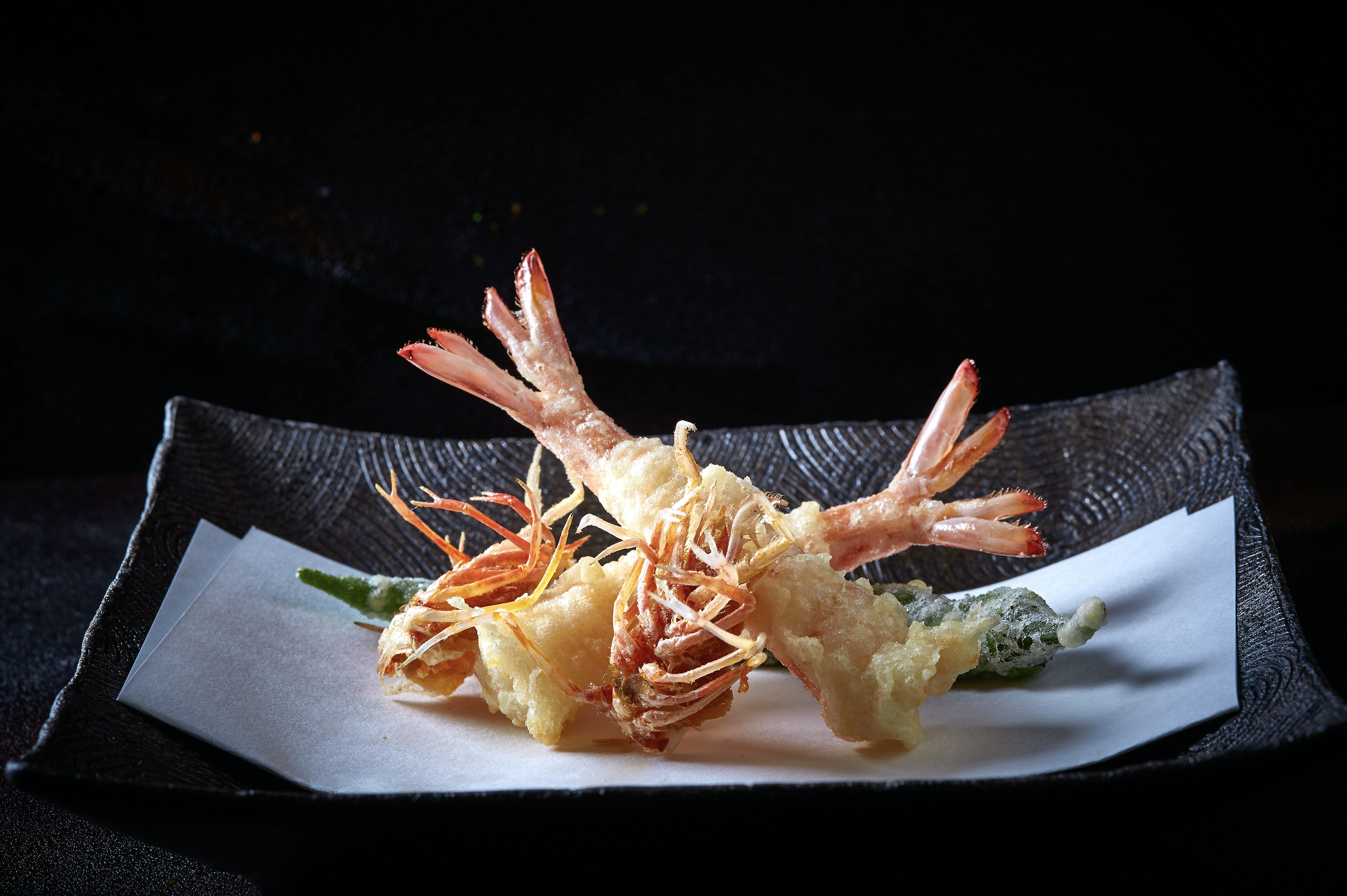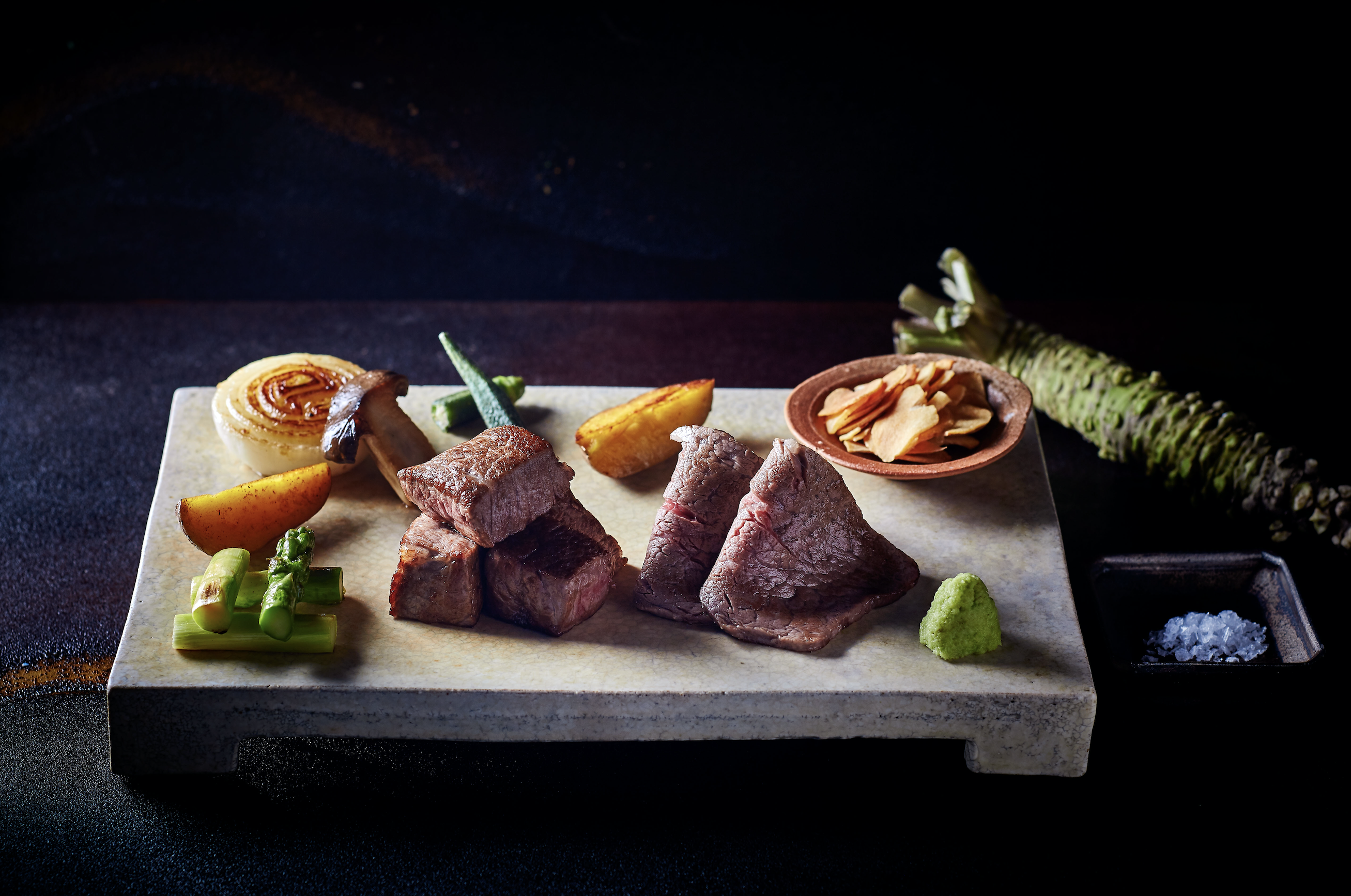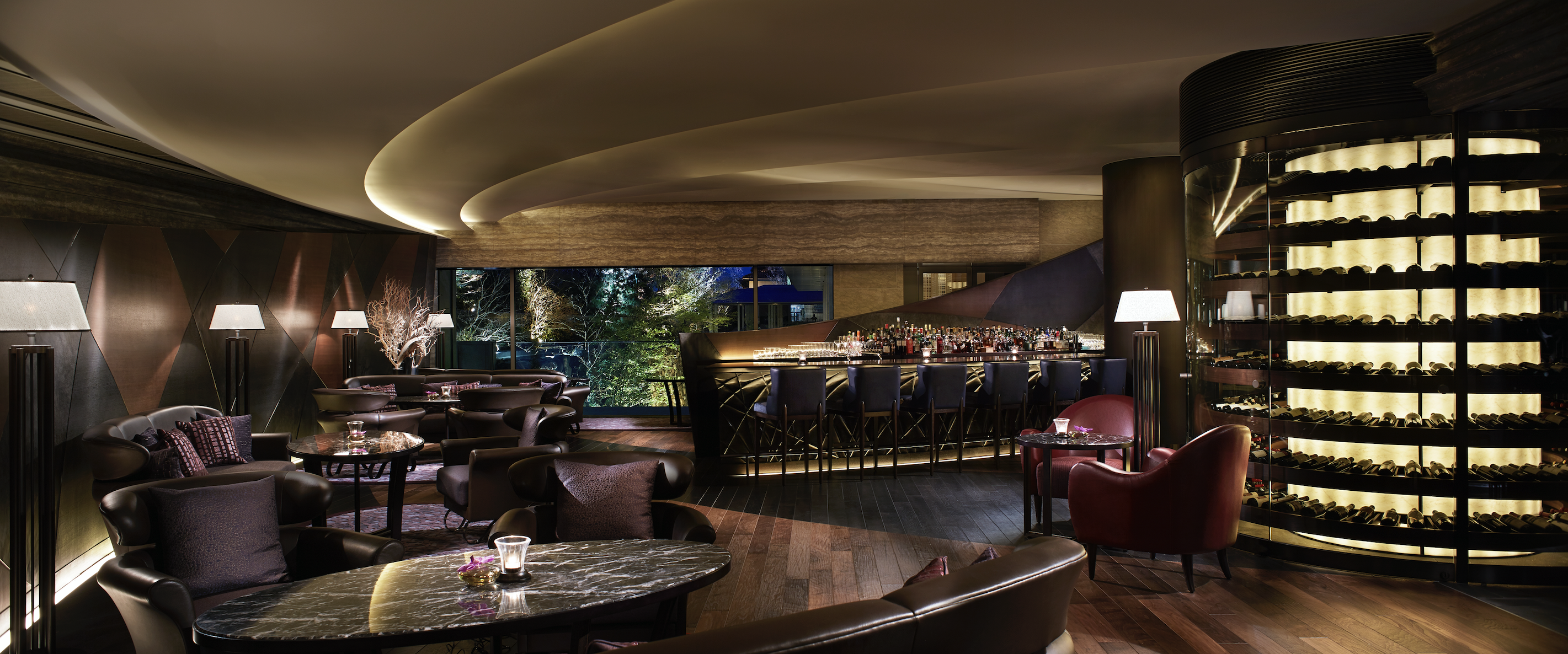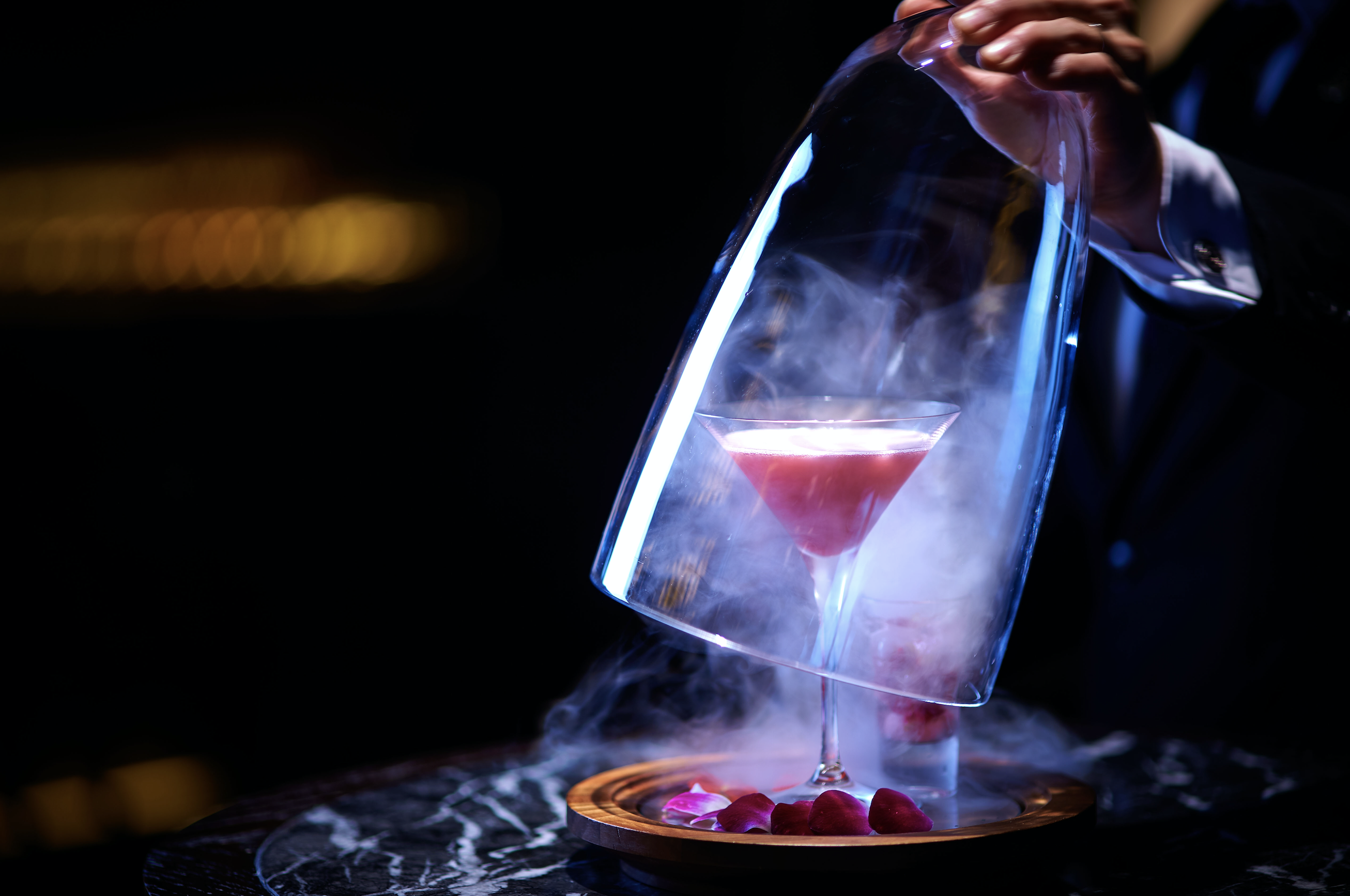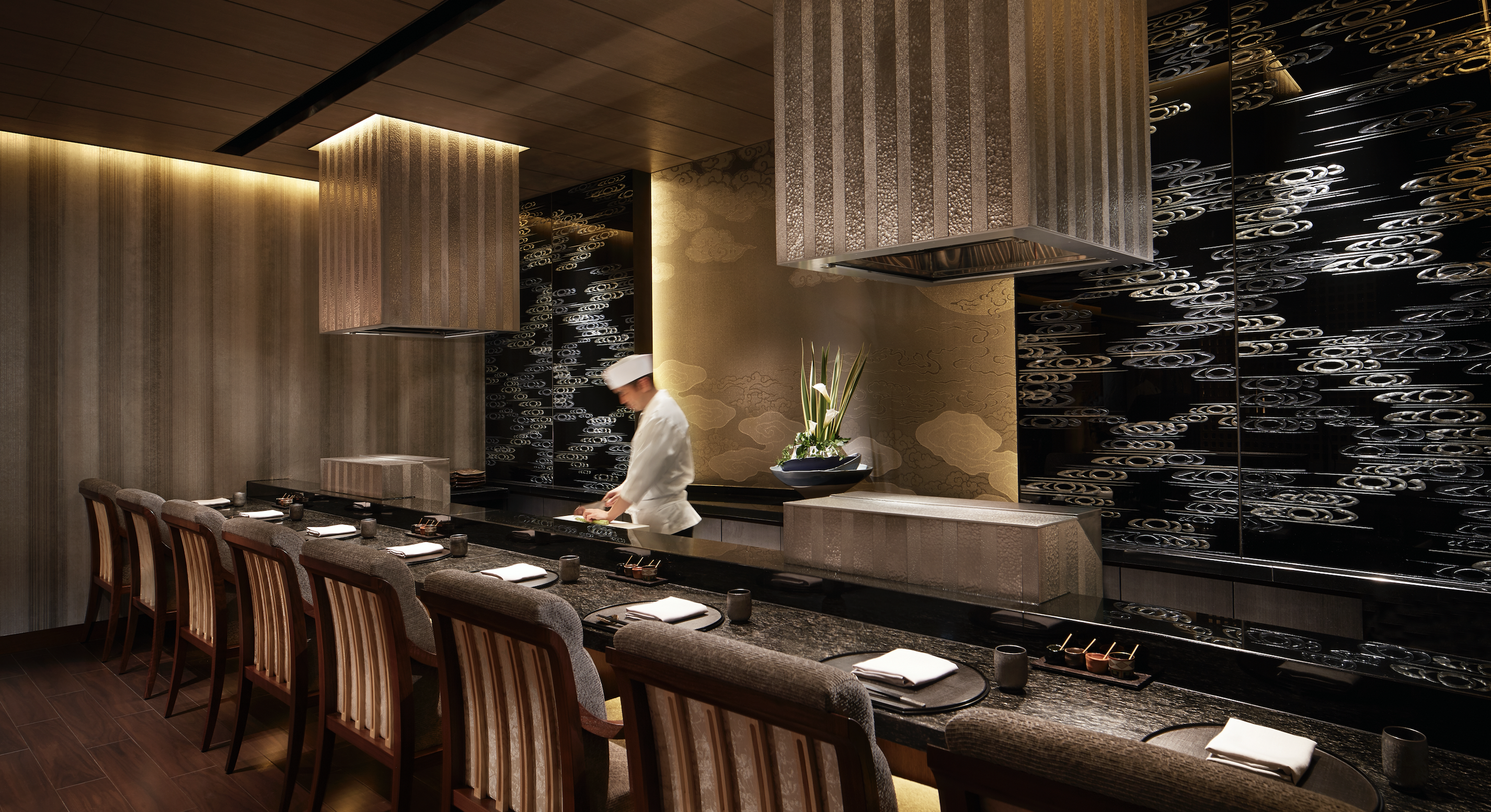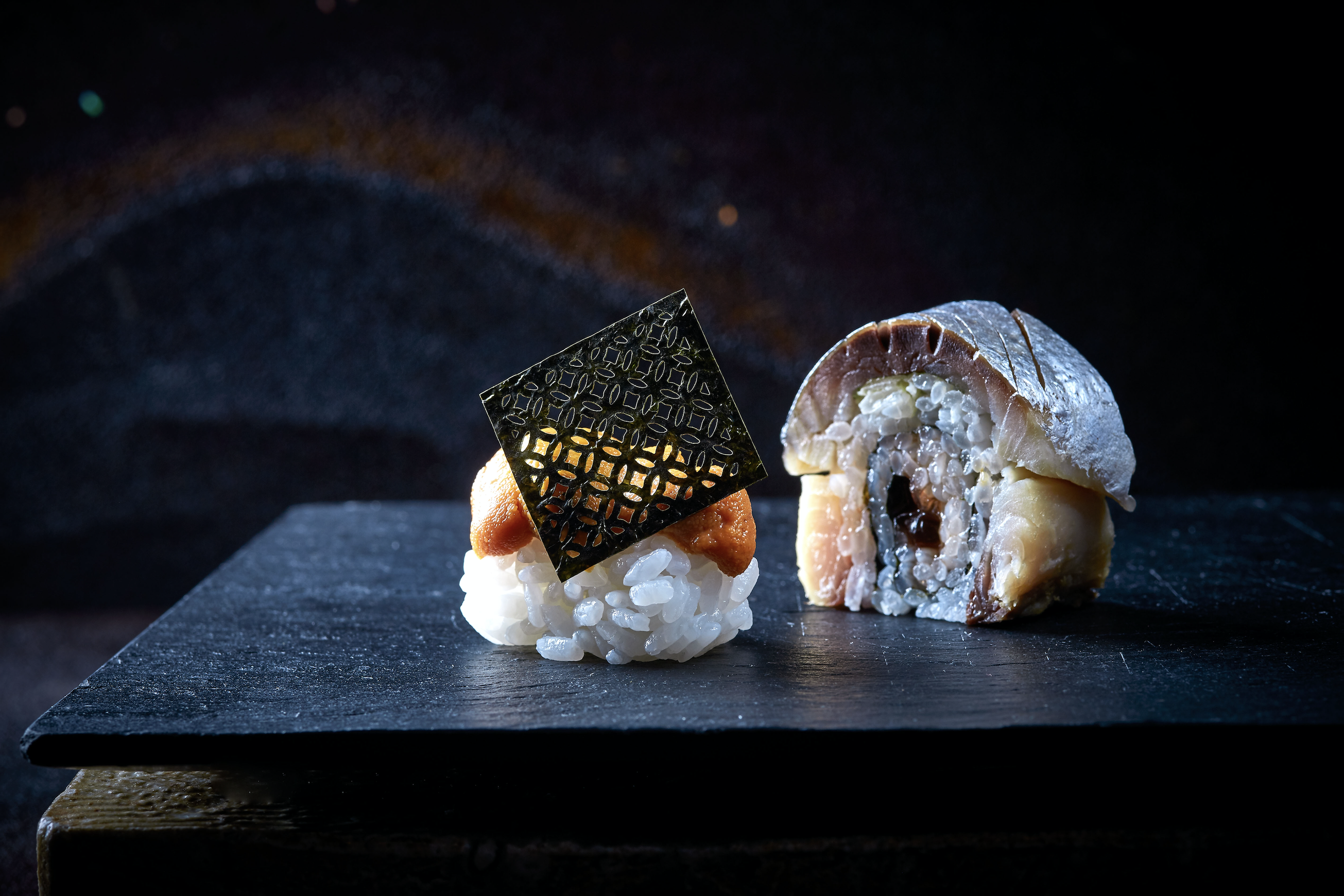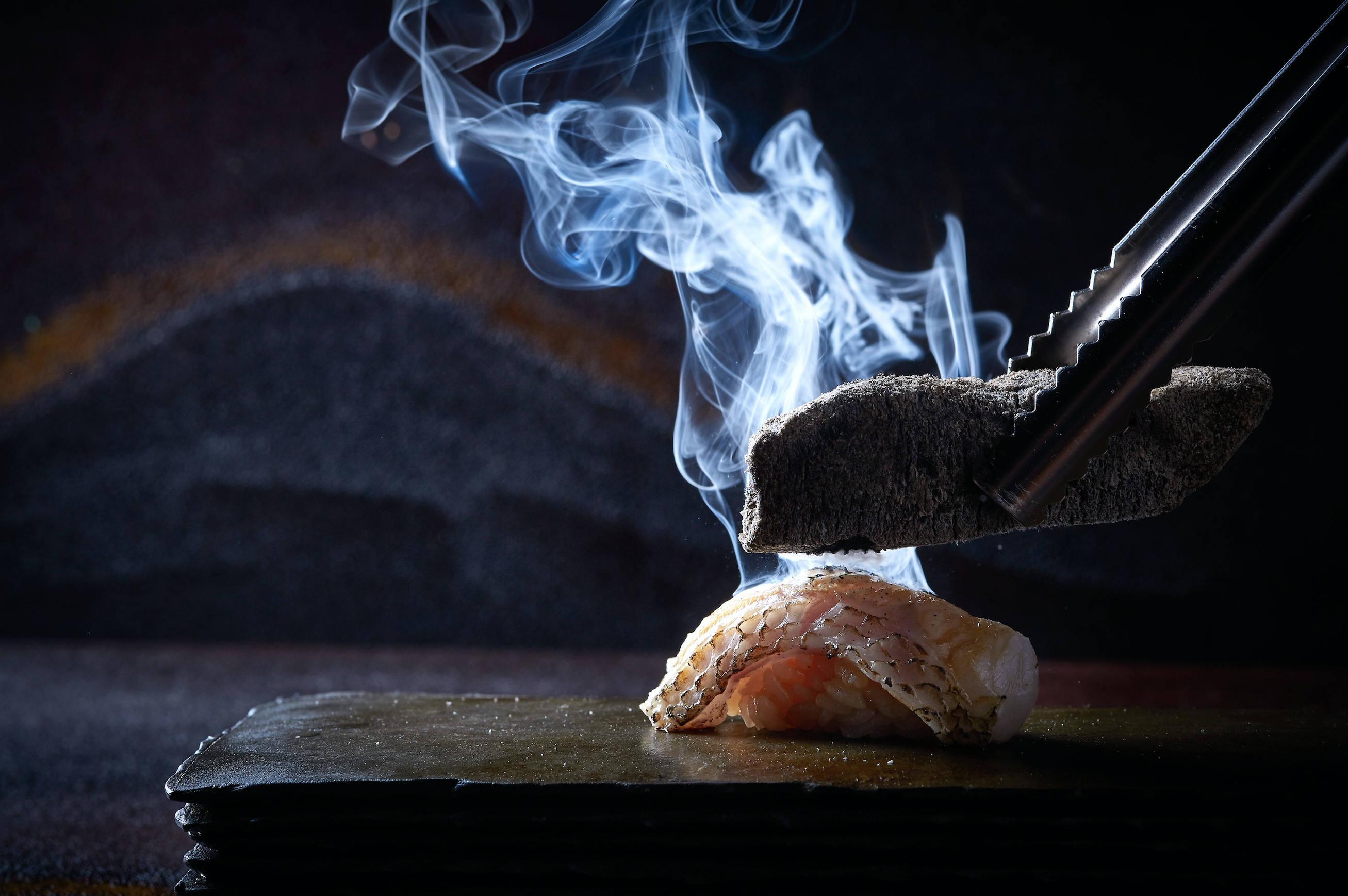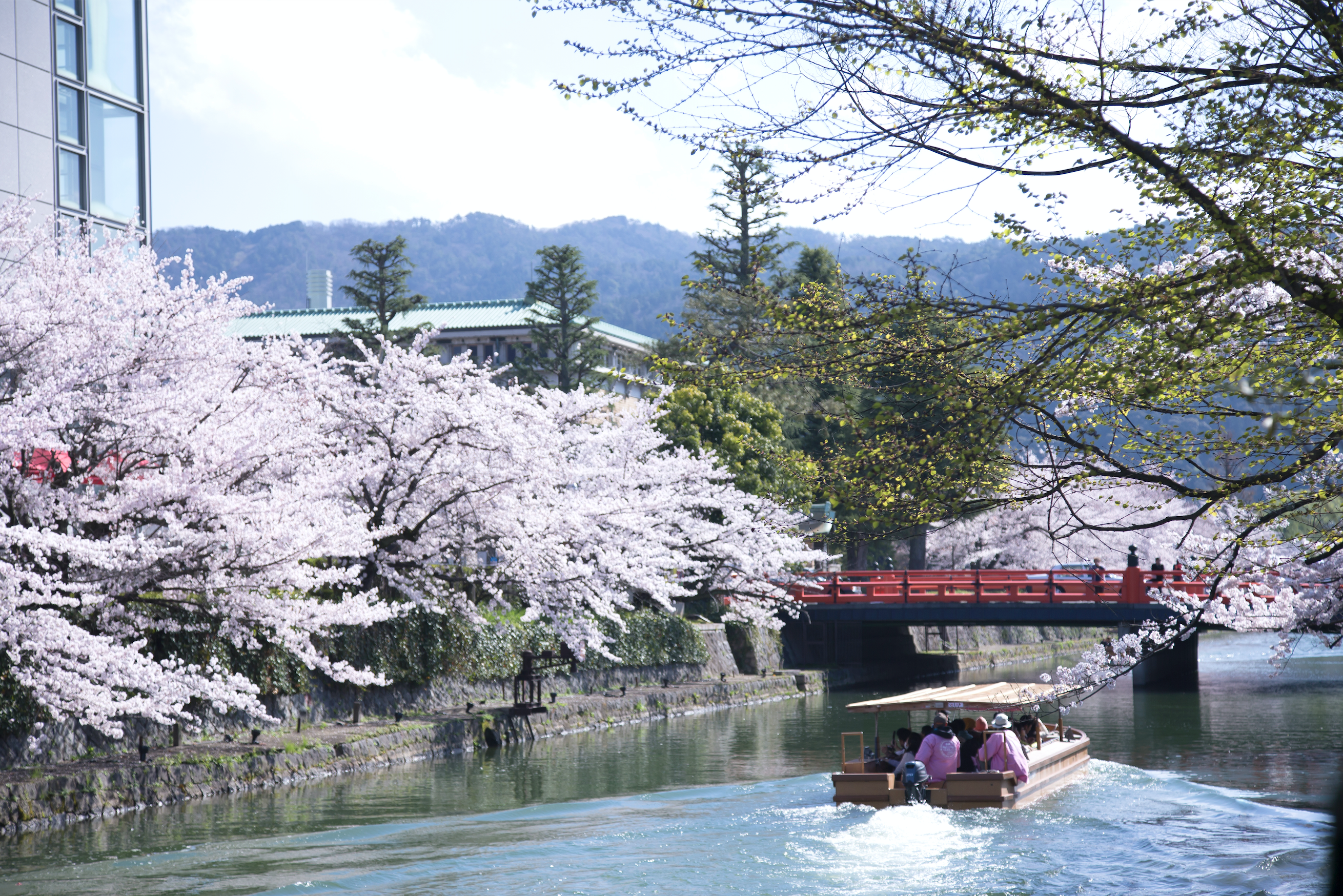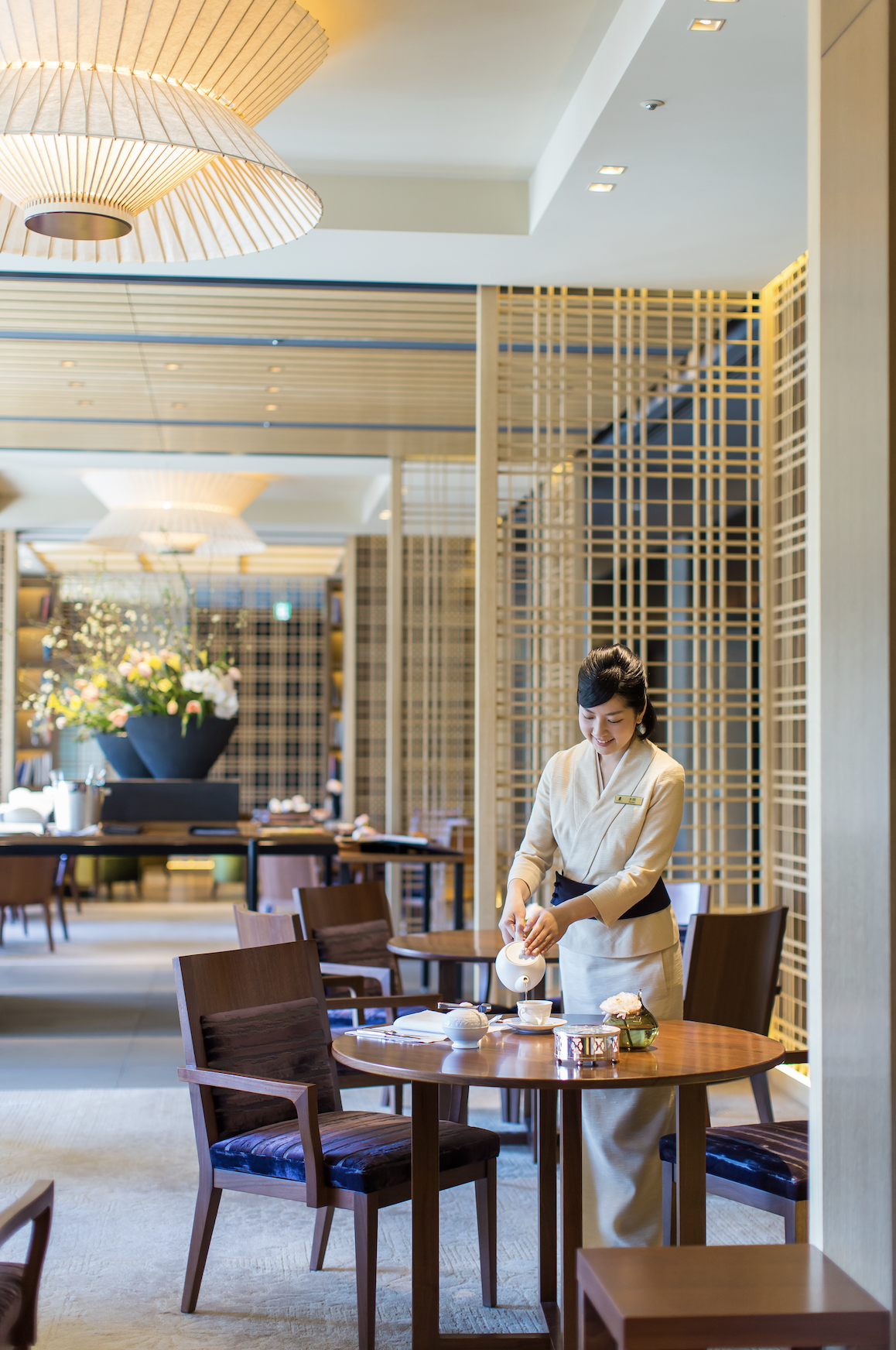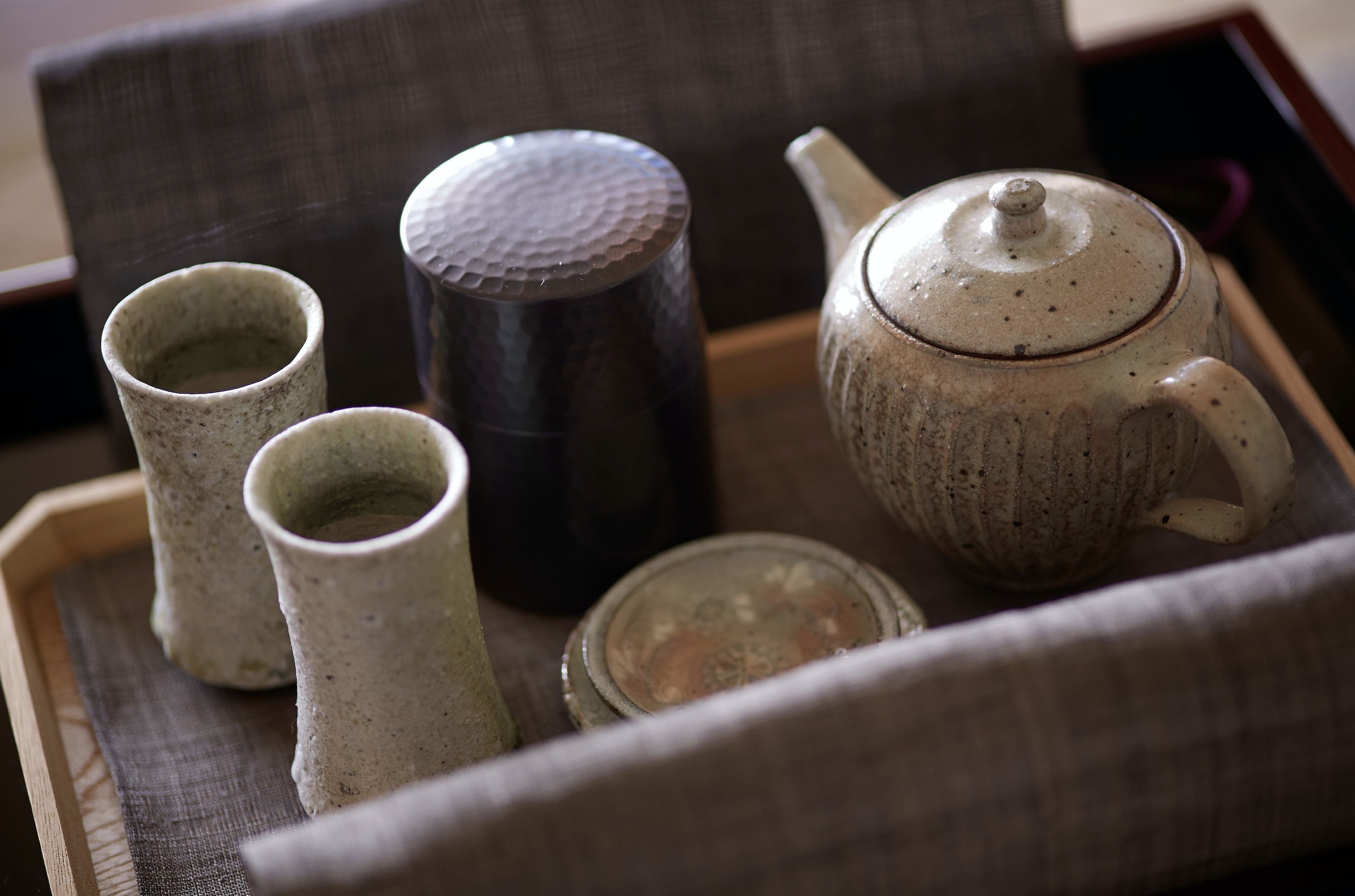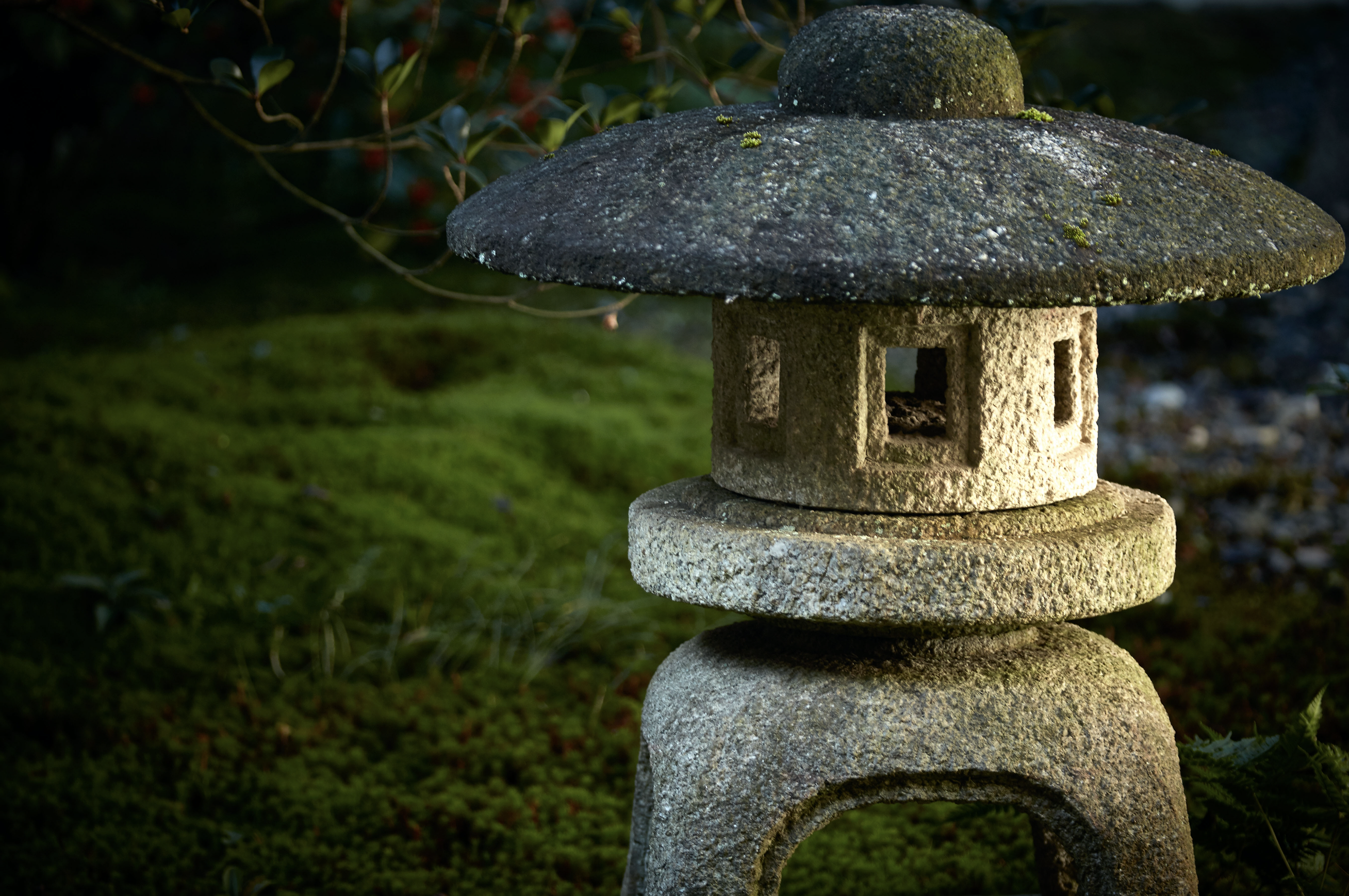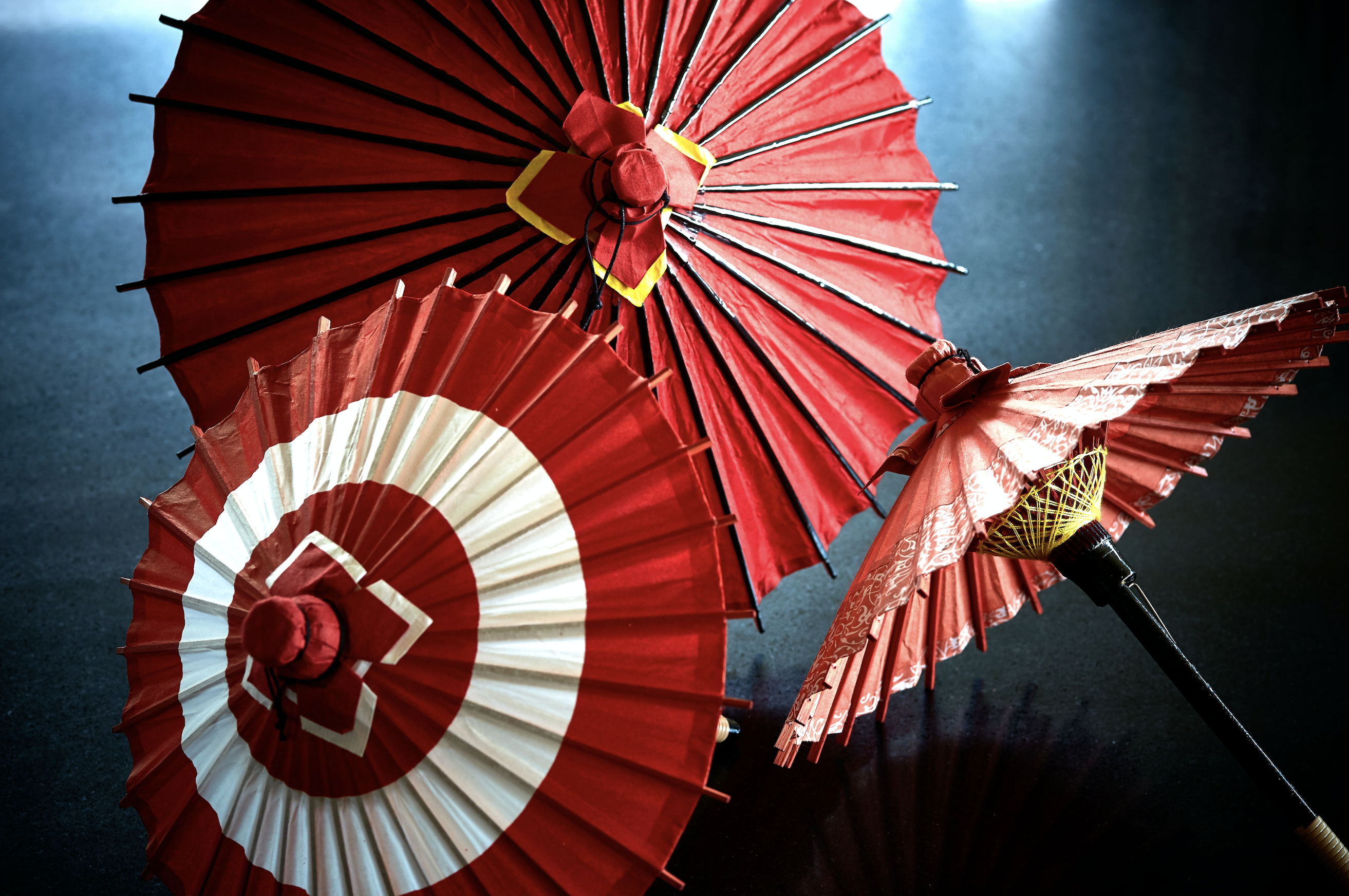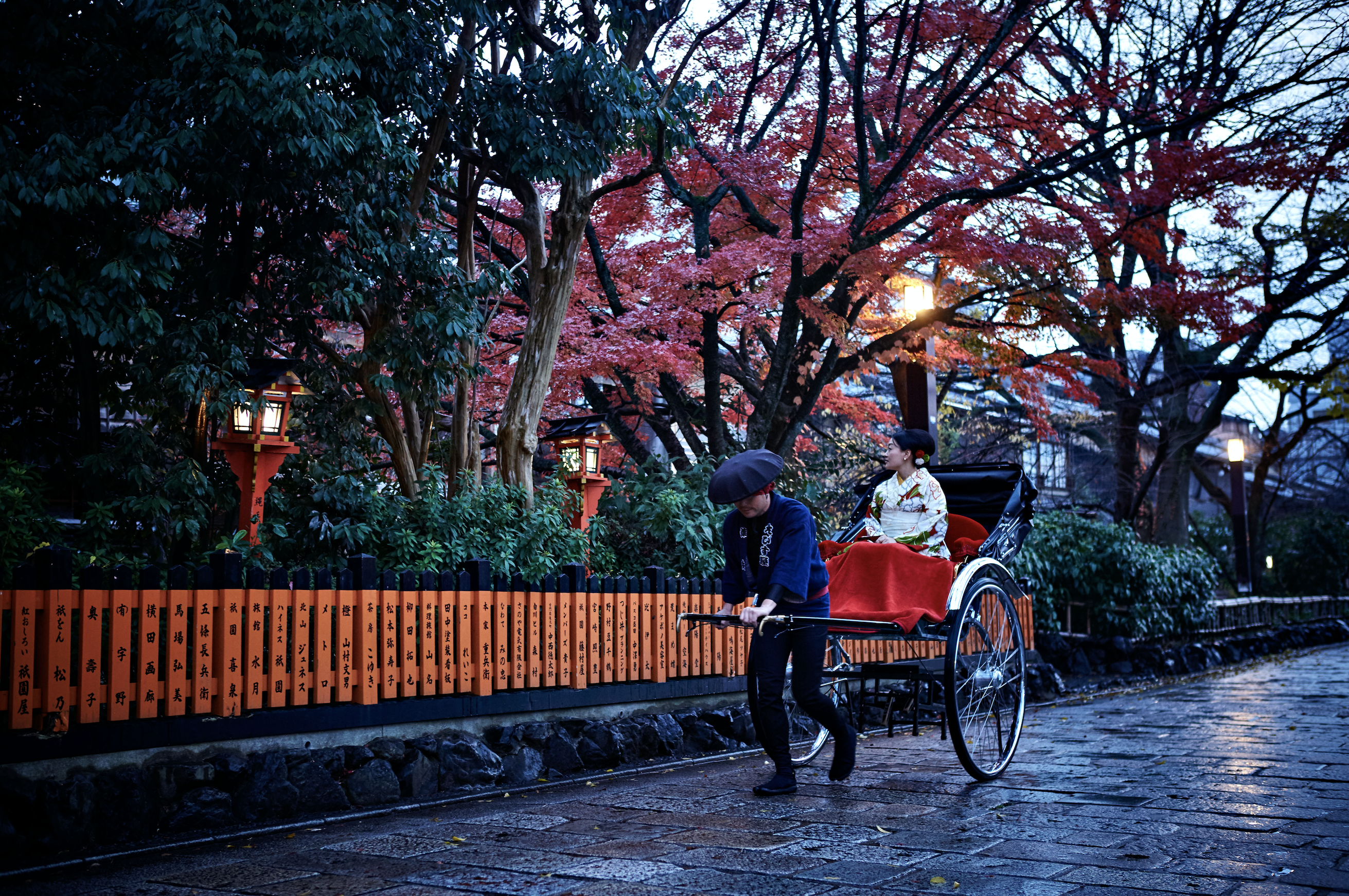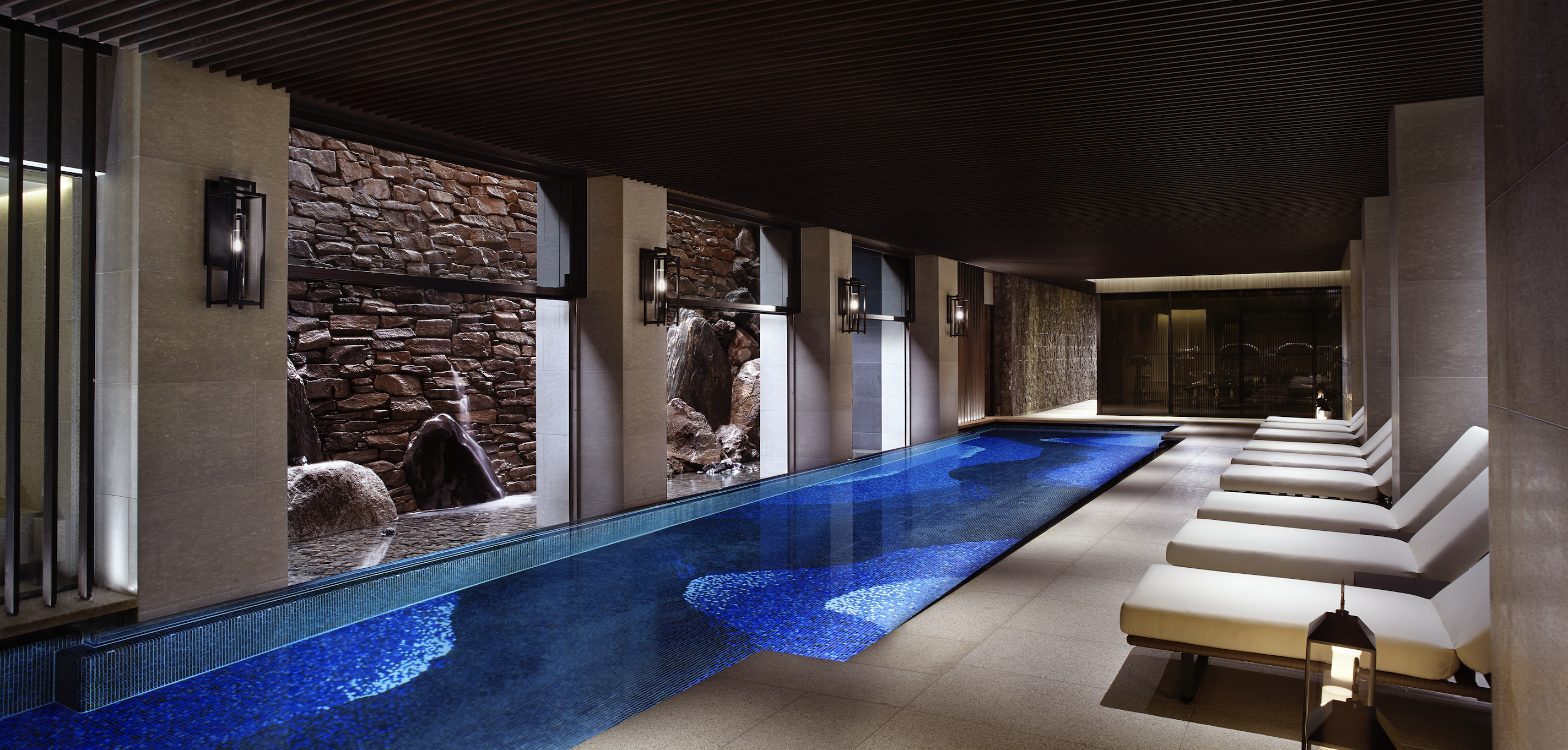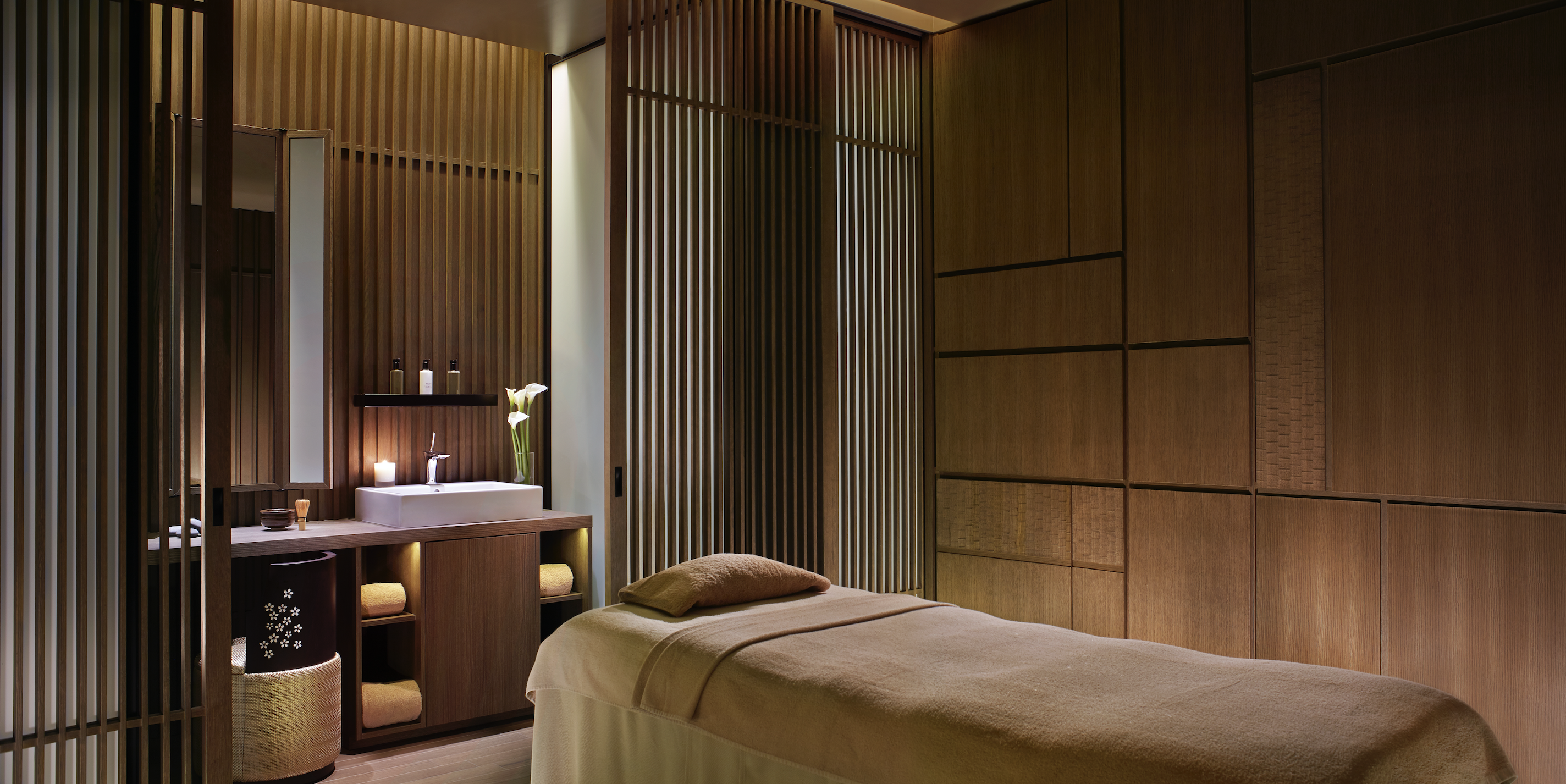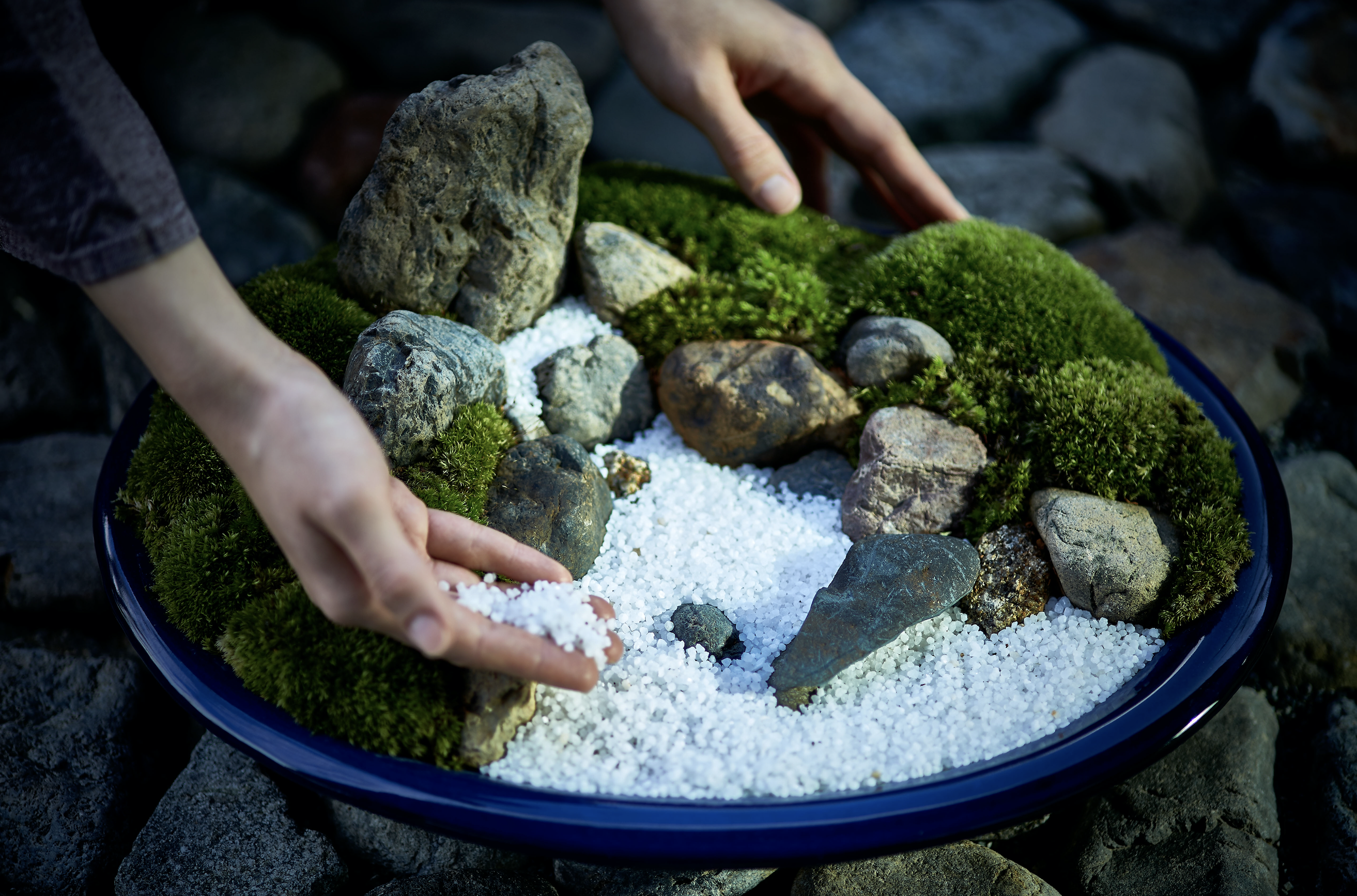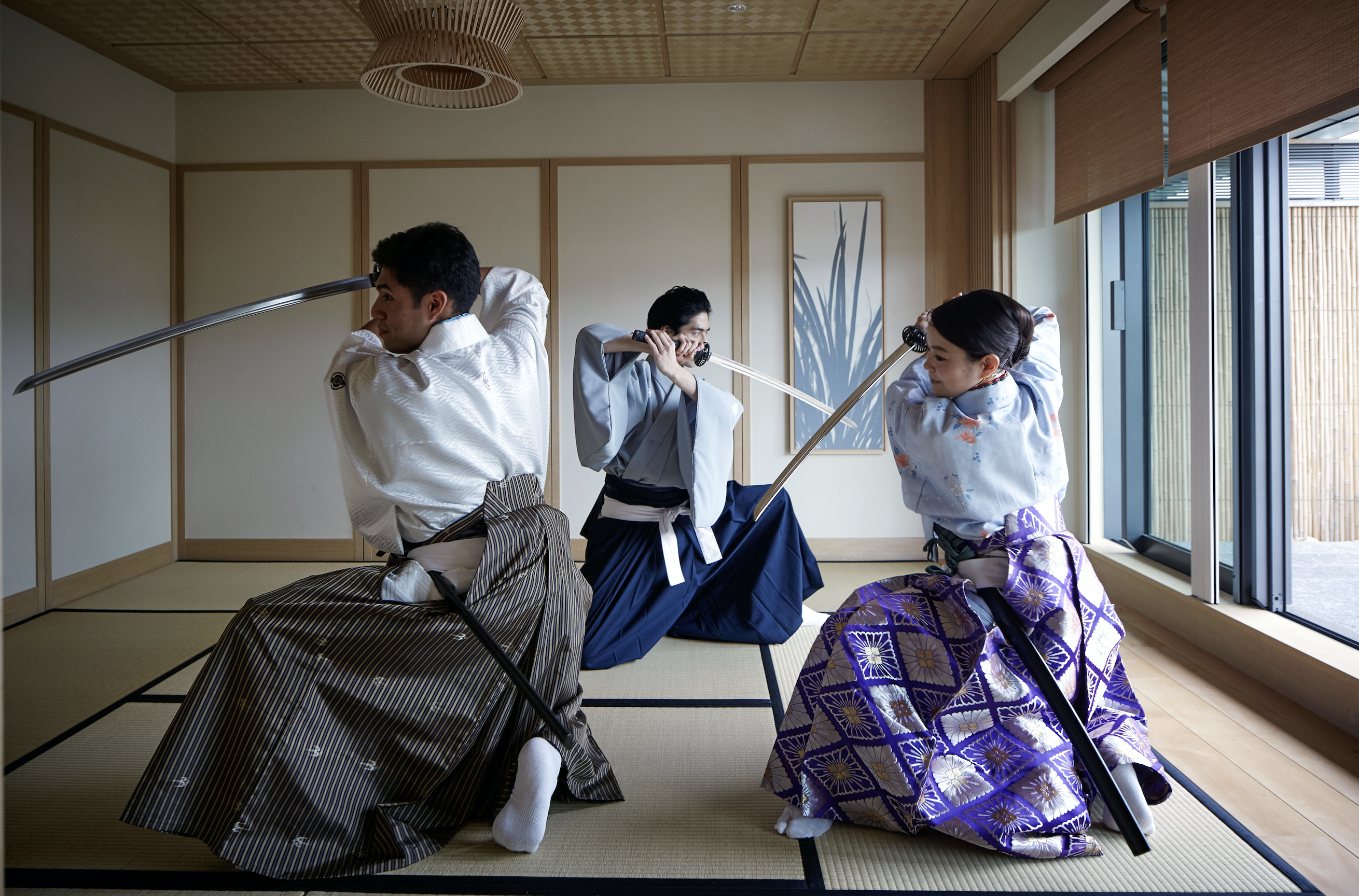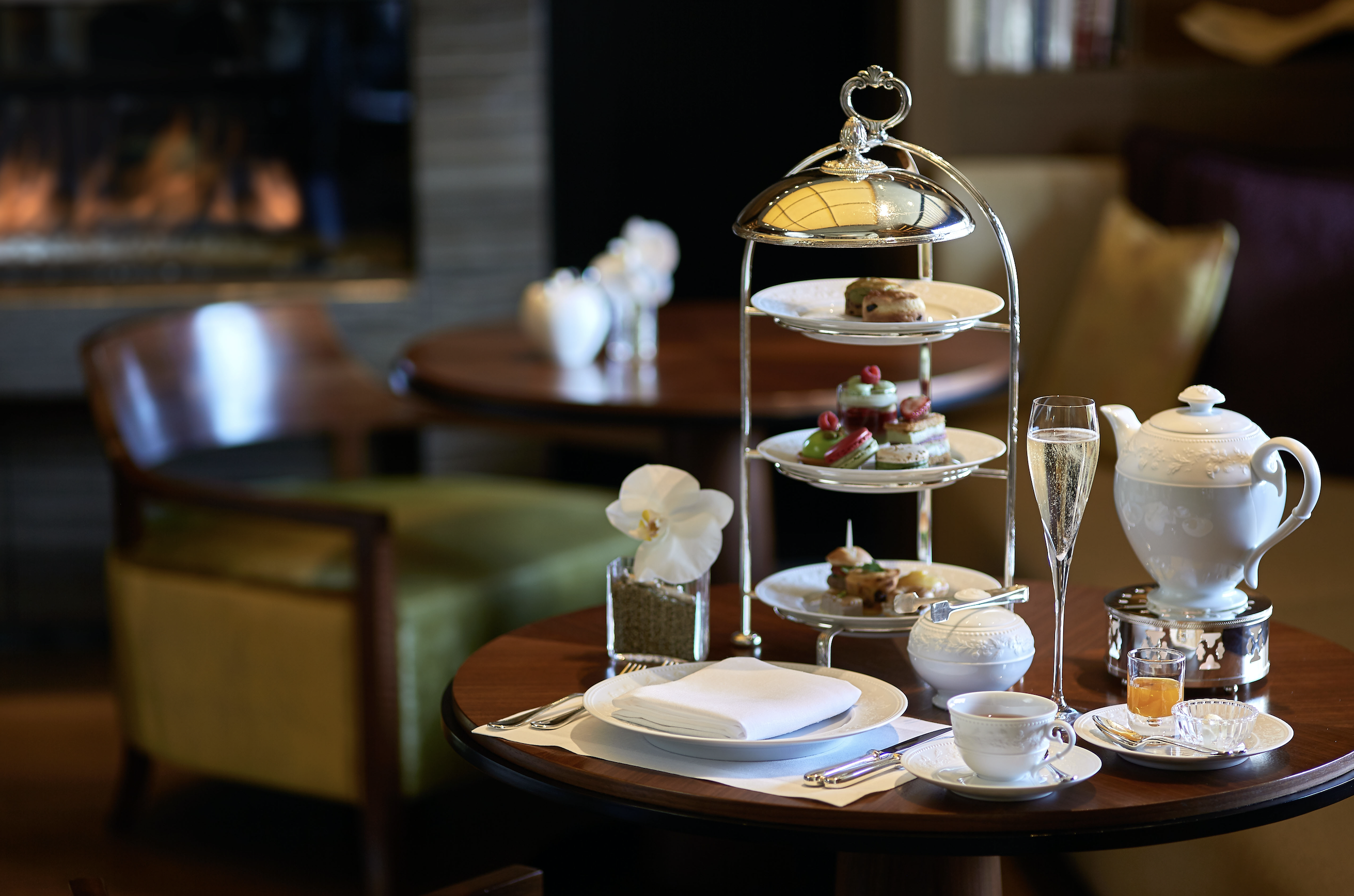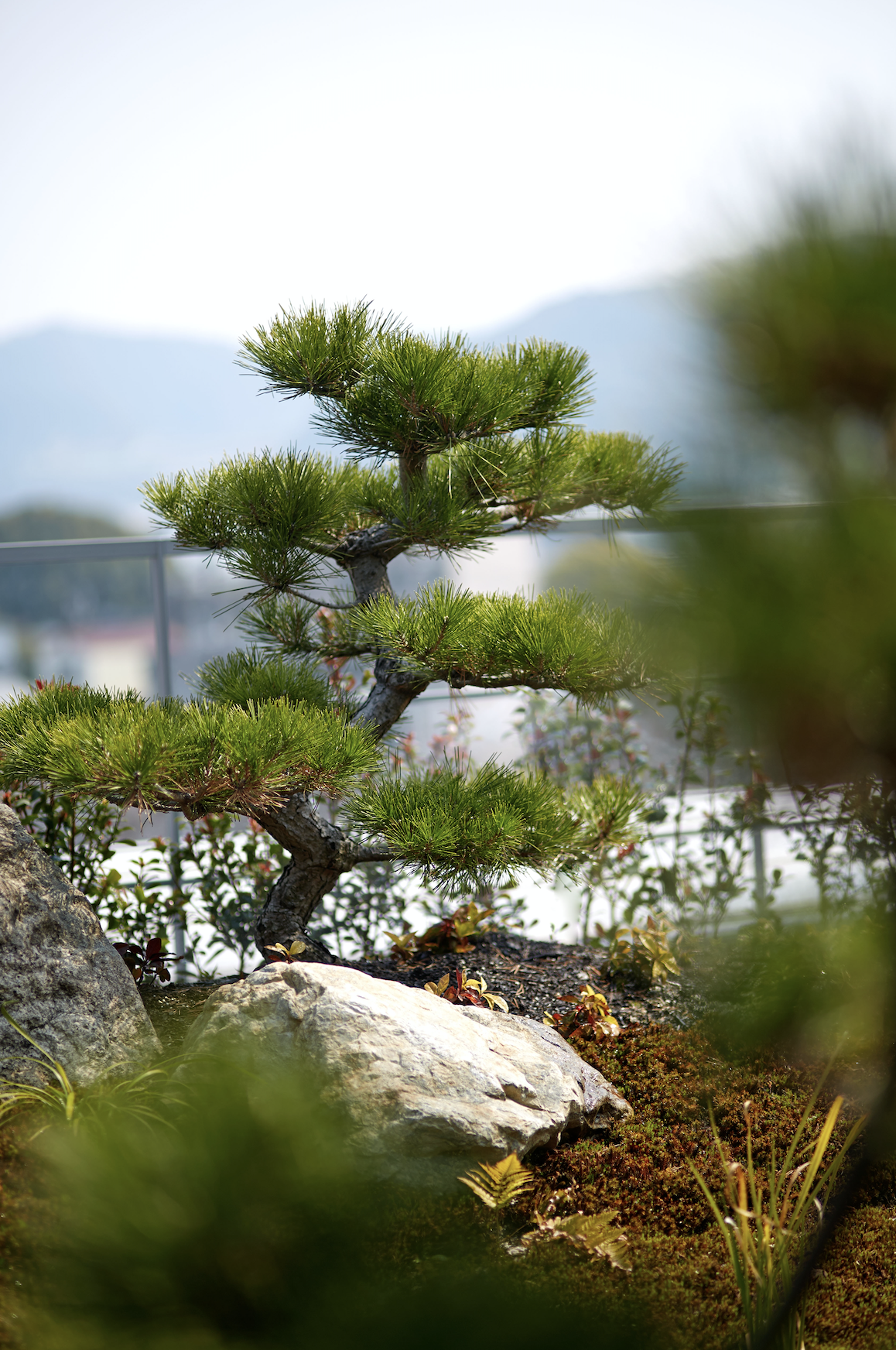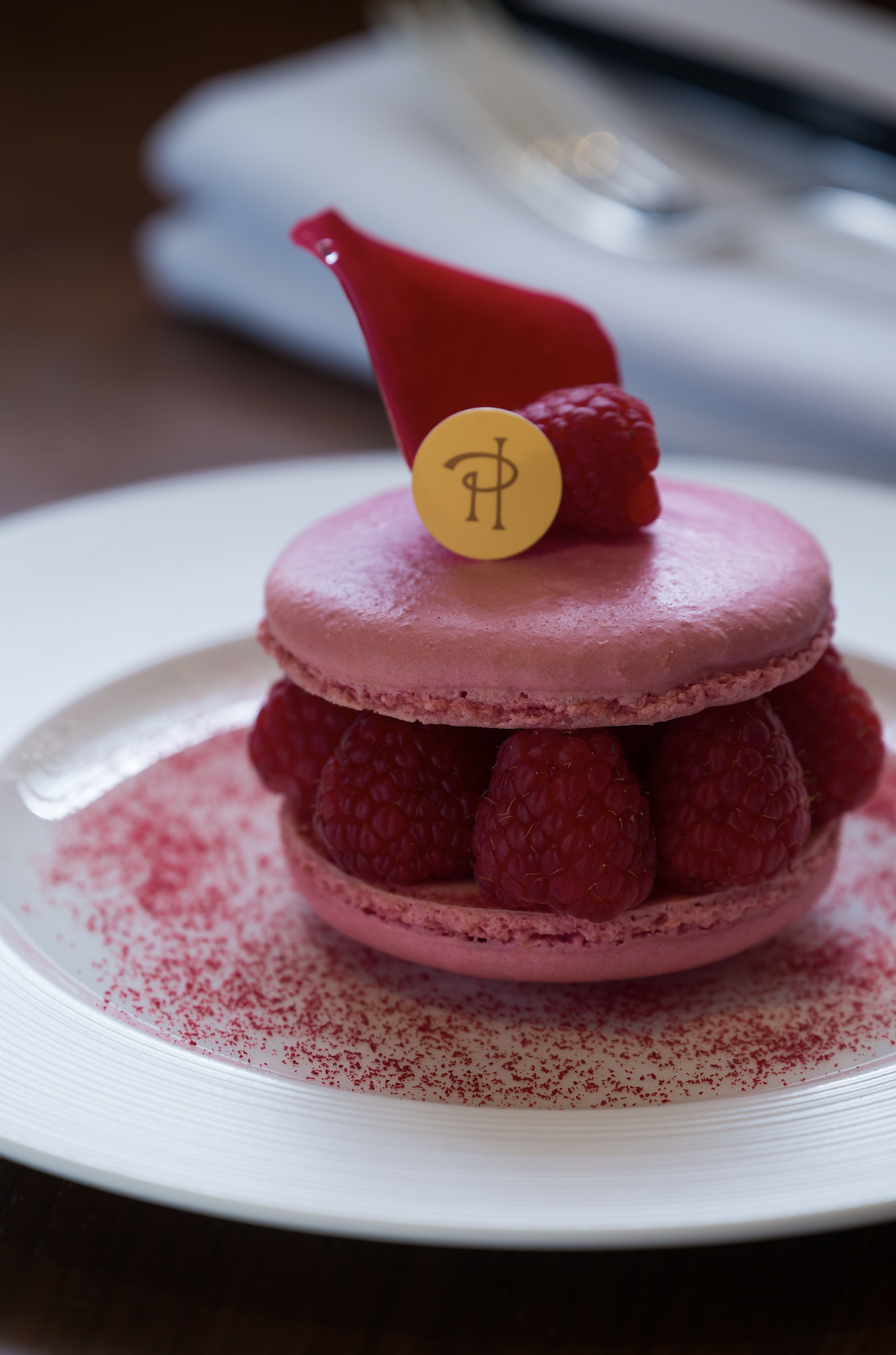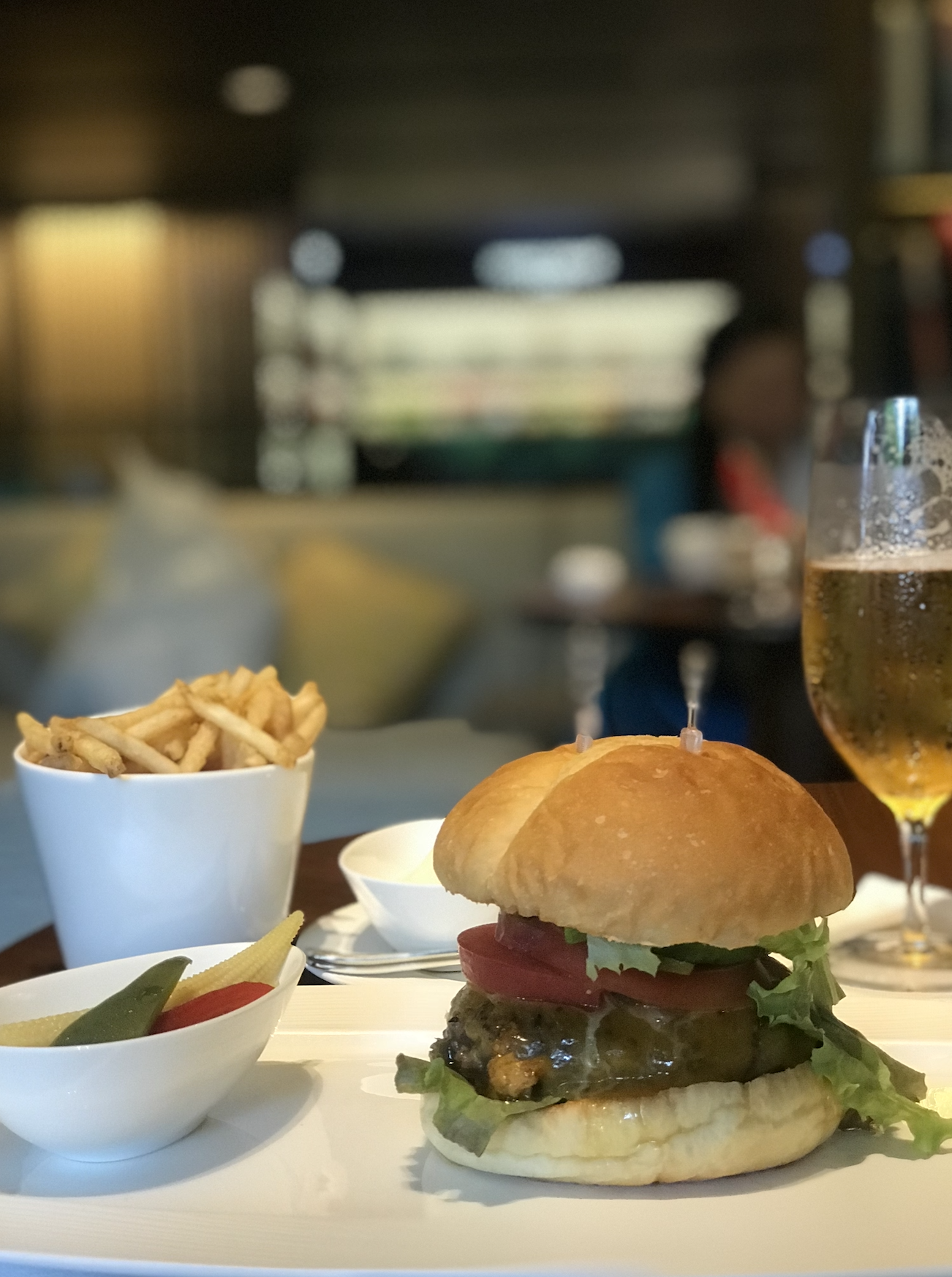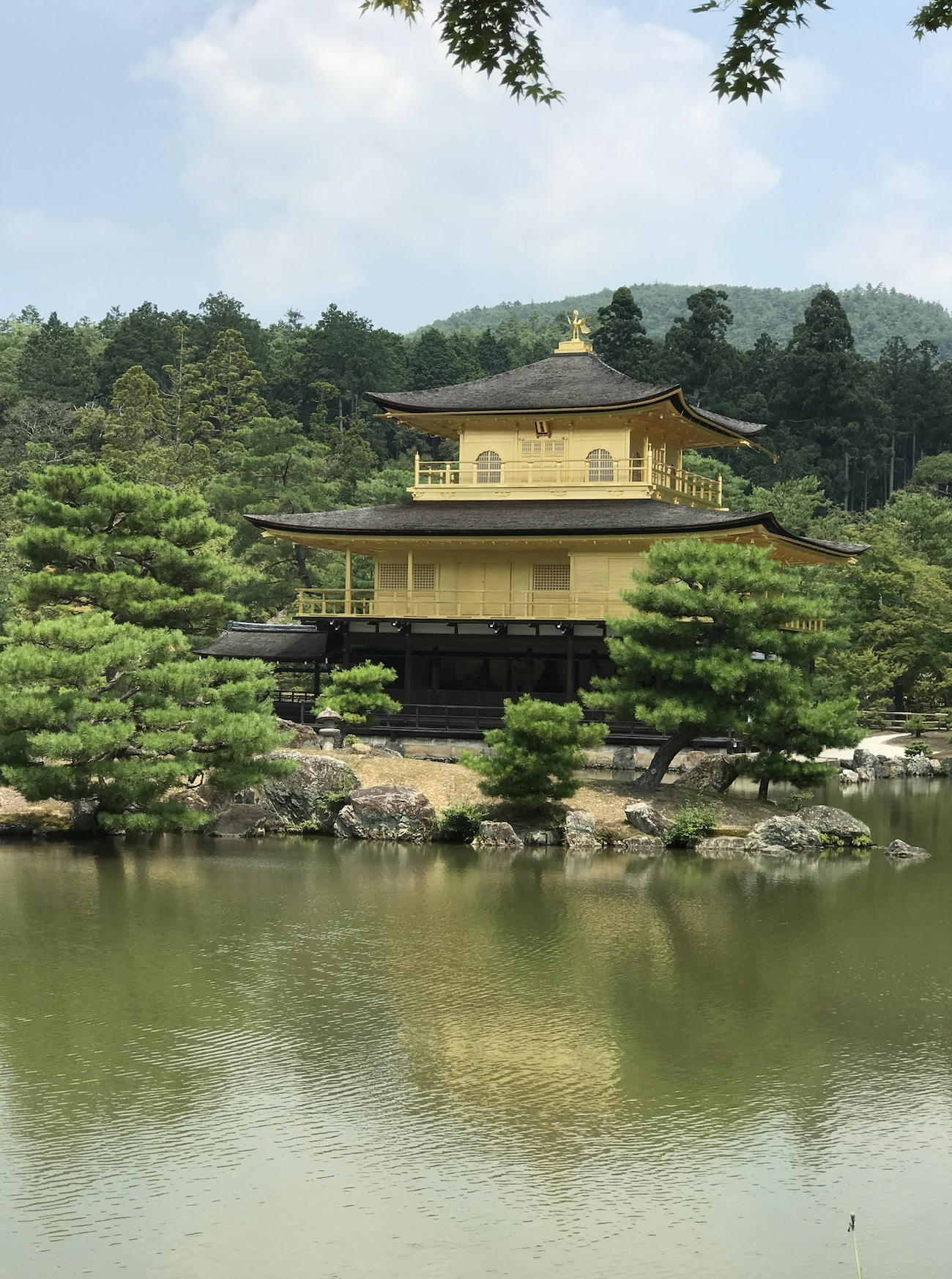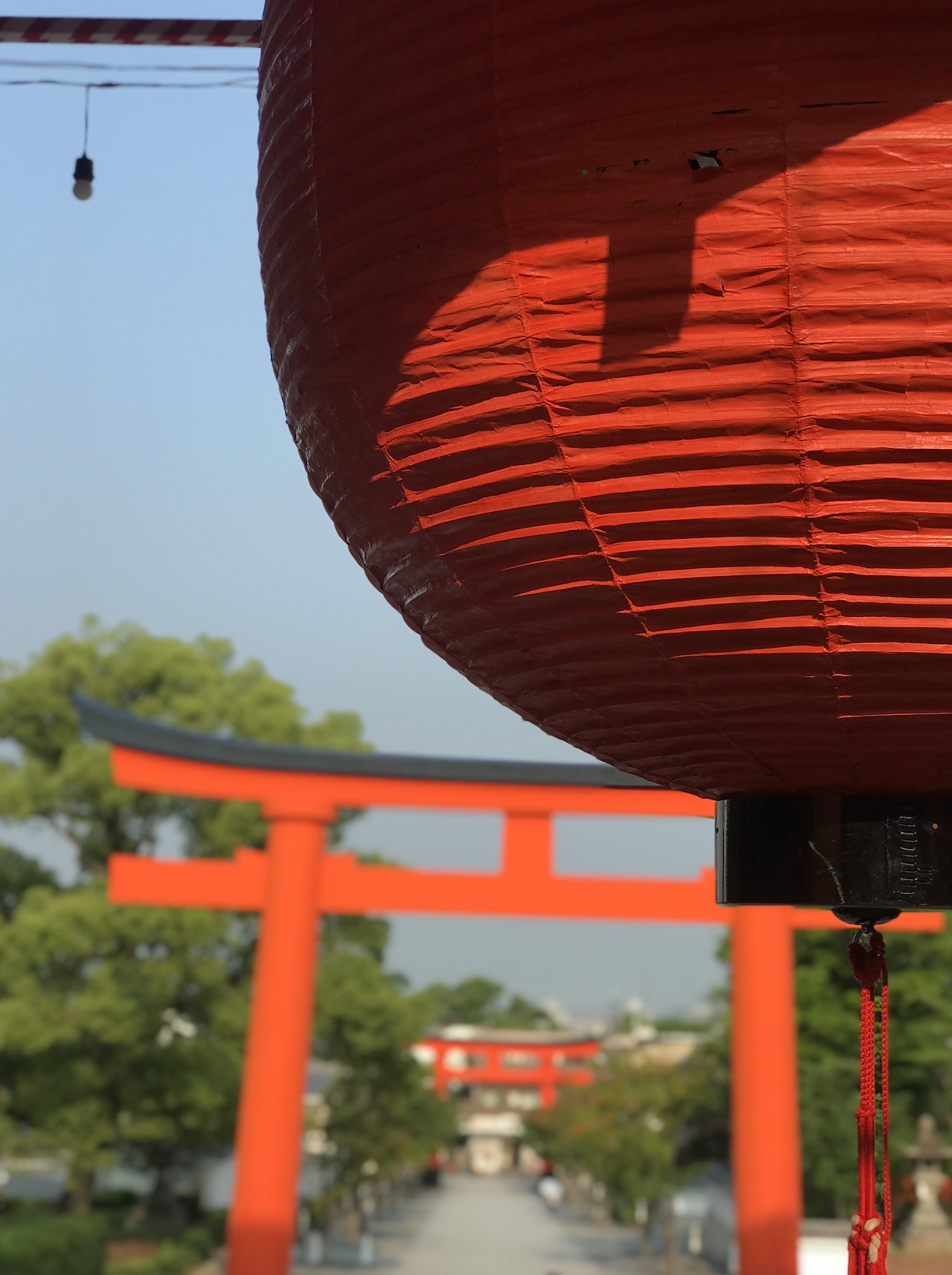By { Beth Weitzman
Like modern-day Japan in comparison to the country’s imperial past, the current capital of Tokyo is vastly different from the former capital of Kyoto. One is a bustling center of commerce, and the other is steeped in formality and tradition. Still, both retain the distinctive charms of The Land of the Rising Sun. Similarly, The Ritz-Carlton, Tokyo, and The Ritz-Carlton, Kyoto, differ in aesthetics, but both offer stellar guest experiences and the personalized services for which The Ritz-Carlton brand is famous.
The Ritz-Carlton, Tokyo
Tokyo, with its storied history, varied city districts and unique culture, is a travel destination unlike any other. Located in the heart of Tokyo Midtown, The Ritz-Carlton, Tokyo occupies the top nine floors of a 53-story tower—the city’s tallest building—in the core of Roppongi. This chic, happening area serves as the capital’s entertainment, diplomatic and design-related business hub.
Once beyond its gleaming glass façade, guests enjoy 360-degree views of Tokyo, including Tokyo Tower (recognizable from its appearance in the 2013 movie, The Wolverine), the Imperial Palace garden, the Marunouchi district and Mount Fuji. Boasting 247 guest rooms, including 35 suites and Ritz-Carlton Club Level rooms, the hotel is nothing short of spectacular. I had the pleasure of staying in one of the Club Level Rooms, which includes access to the Club Lounge. With five food presentations each day, starting with breakfast and ending with dessert and cordials, along with free-flowing libations, this room upgrade option is highly recommended. Looking out on epic views, sipping on a glass of Champagne while awaiting my room to be readied was a pleasure.
Accommodations are hallmarked by contemporary East-meets-West decor and all kinds of luxuries one would expect at The Ritz-Carlton, including Frette linens and featherbeds, deep soaking tubs, rain showers, two Sony BRAVIA televisions, a CD and DVD player, and complimentary water at turndown. The oversized, marble bathrooms are delightful, and feature amenities from Asprey Purple Water collections.
When it comes to dining, The-Ritz Carlton, Tokyo continues to impress. Towers, the hotel’s contemporary grill concept led by Chef de Cuisine Franckelie Laloum, features incredible seasonal dishes with views to match. The clean-lined decor of dark woods, leather seating and abstract metallic sculptures provides the perfect backdrop for the locally sourced ingredients which are the stars of the culinary delights that follow. Notable dishes include mouthwatering Akaushi prime rib, poultry pie with foie gras and a bounty of seasonal, locally sourced seafood selections.
Meanwhile, Azure 45, the hotel’s Michelin-starred restaurant, features modern French-style cuisine with a Japanese twist from Chef de Cuisine Shintaro Miyazaki. Situated on the 45th floor, the restaurant offers mesmerizing views of the Tokyo skyline. The elegant haven of rich Japanese textiles, warm woods, wash wall panels and intimate curved seating sets the stage for a most memorable meal. Recommended is the Experience Chef Miya’s “à la minute” inspiration omakase tasting menu, featuring the most succulent seafood, fresh meats and vegetables.
Showcasing spectacular contemporary chocolate and pastry creations, La Boutique is located adjacent to Azure 45, also on the 45th floor. The signature fruit-shaped cubed cakes, which come in a rainbow of hues and flavors that change seasonally, are not to be missed. Sleek interiors feature black wall partitions and a monochrome striped floor.
Also on the 45th floor, The Bar offers a sophisticated scene in which to imbibe before or after dinner. It features incredible views, live music, shareable plates and signature cocktails. Order the Diamond is Forever martini, which comes garnished with a one-carat diamond.
Other dining options include Hinokizaka, which serves up authentic Japanese cuisine. Designed into four distinct sections—kaiseki, sushi, tempura and teppanyaki—each area has distinguishing decor that evokes a fine balance between the art of Japanese cooking and the modern East-meets-West ambiance. For a unique experience, reserve the private chef’s table or the Japanese teahouse. Guests who are looking for casual meals, signature cocktails or traditional afternoon tea will find it at The Lobby Lounge. Finally, The Ritz-Carlton Cafe and Deli is a relaxed spot for morning coffee, an afternoon snack or an evening dessert. It’s located within the inner courtyard of the Tokyo Midtown shopping center, so it’s also a great place to take a break from retail therapy.
Speaking of therapies, the hotel’s 21,528-square-foot spa, located on the 46th floor, is a stunner. Upon arrival, tranquility sets in immediately, thanks to panoramic skyline views. A large menu of facial and body treatments make it easy to stay for hours, even a full day. The special Sakura body treatment uses ESPA products personalized to each guest’s needs, and includes a foot ritual, full-body massage and facial massage with rose quartz crystals and scalp massage. This award-winning day spa features an indoor lap pool, dry sauna, steam sauna, nine treatment rooms, a 1,076-square-foot spa suite, a fitness studio and more.
Tokyo Towers, where the hotel resides, offers a nice selection of shopping and dining options. It’s a great spot to buy locally make clothing and gifts. But a quick cab or train ride away is Ginza, a high-end commercial district in Chūō, Tokyo, that is akin to Fifth Avenue in New York City and Rodeo Drive in Beverly Hills, and home to virtually every premier brand name on the planet for fashion, beauty and technology, not to mention more than 4,000 places to eat and drink (including 24 Michelin-starred options).
Ginza Six is the district’s largest shopping complex. It deserves several hours of your time. The architecture, the detail and the design are breathtaking. Truly, it’s one of the most beautiful shopping centers I’ve seen. The super-luxe, modern shopping mall houses the most famous food and designer brands (Dior, Rolex and Valentino, to name a few). Chill out on the rooftop garden with views of Ginza and the Tokyo Skytree. Finish the experience at the Noh Theater (located on the basement level).
Shrines and temples, many centuries old, are scattered throughout the city, offering a peaceful respite, a moment to absorb and participate in the local culture. Visitors may join in by making an offering and saying a prayer for good luck and fortune. Not-to-miss spots include the nearby Fukutoku Shrine and Meiji Shrine, one of the most popular, located in Shibuya. This Shinto shrine, surrounded by Yoyogi Park, is dedicated to the deified spirits of Emperor Meiji and his wife, Empress Shōken. Also memorable are Sensōji Temple, Tokyo’s oldest, a historic landmark that was built to honor Kannon, the goddess of mercy; and Zojoji Buddhist Temple, surrounded by tall towers, including Tokyo Tower.
Any trip to Tokyo isn’t complete without a visit to the Tsukiji Fish Market—the world’s greatest fish market. Located in Toyosu, the best chefs and restaurants from around the world source their fish here. At auction, a single tuna can sell for up to $30,000. Fruits, vegetables and housewares are also available. Around the corner, Banya Seafood Barbeque is a fun spot for lunch; you pick your fresh fish, vegetables and meats, and cook them up right on your table.
Tokyo Midtown 9-7-1, Akasaka, Minato-Ku, Tokyo, +81.3.3423.8000, ritzcarlton.com/en/hotels/japan/tokyo
The Ritz-Carlton, Kyoto
Just a two-hour ride away via bullet train, the city of Kyoto is known for its history and gorgeous Zen temples, palaces, stunning landscapes and gardens. Considered the cultural heart of Japan, it has 10,000 shrines, 17 world heritage sites and dozens of time-honored traditions and ceremonies (afternoon tea is a prime example). Close to Kyoto’s popular downtown areas Gion and Kawaramachi-dori, The Ritz-Carlton, Kyoto, is a magical riverfront resort. With a focus on a sense of place and unique guest experiences, this property offers authentic and attentive service at every turn.
Designed by Remedios Design Studio, the interiors of the hotel reflect the cultural heritage of the city and incorporate five key principles: utage (festive), seido (serenity and movement), miyabi (elegance), hana (splendid) and nagomi (harmony). A fusion of traditional and contemporary Japanese style, The Ritz-Carlton, Kyoto, represents the character and aesthetic of a traditional machiya townhouse and courtyard. The interior features patterned motifs created by local artisans that are complemented with Zen gardens and water features, including a centerpiece, two-story waterfall located at the heart of the property. Shippo patterns—traditionally regarded as a lucky design element in Japan—are woven throughout, including on the walls of the entrance and guest room doors.
An extensive collection of contemporary art inspired by The Tale of Genji, a classic novel written by Murasaki Shikibu in the 11th century, is on view throughout the property. Guests can learn more about the 409 works by 80 artists, most of them local, by taking a complimentary tour.
Most of the 134 guest rooms and suites have breathtaking views of the Kamogawa River and the Higashiyama Mountains. Deluxe rooms feature contemporary interiors; the Deluxe Garden rooms are even more spacious and boast Japanese motifs and views of Zen gardens; the Luxury rooms feature floor-to-ceiling windows with natural views of the river and mountains. Meanwhile, 17 luxurious suites include the Garden Terrace Suite with floor-to-ceiling windows and a private Zen garden terrace deck; the Garden Terrace Suite Tatami with traditional tatami mats, a futon, Japanese gardens and mountain views, and a private balcony; the Corner Suite Tatami with old Kyoto views; the Suite Tsukimi with private garden, a traditional moon-viewing deck, dining area and study; the Suite Kamogawa with views overlooking the river and mountains; and The Ritz-Carlton Suite, with a private dining room and fireplace.
Impeccable food and beverage options are also a highlight of The Ritz-Carlton, Kyoto. Mizuki, designed by Design Studio SPIN (which also designed La Locanda and The Bar) blends traditional Japanese influences within modern spaces. Dishes consistent with Kyoto’s renowned spirit of craftsmanship entice all five senses and follow the philosophy of “Go-mi, Go-shiki, Go-ho,” meaning five flavors, five colors, five cooking methods. The restaurant features four types of cuisine, each offering different guest experiences: kaiseki mizuki (small plates of Japanese traditional haute cuisine presented on tableware designed by contemporary artists); sushi mizuki (elegant and refined super fresh sushi courses prepared Edo-style and served on a 33-foot table surfaced in Wajima lacquer—I enjoyed some of the best and most unique sushi I’ve ever eaten here); tempura mizuki (a Michelin-starred restaurant where the chef prepares tempura directly in front of guests); and teppan mizuki (teppanyaki cooking prepared in an open kitchen using an iron griddle).
While it’s hard to be in Japan and eat anything other than traditional fare, Italian cuisine with a modern twist is found at La Locanda. The impressive private dining room, which was once a two-story villa, features very special wood that is more than 700 years old. It’s another way that The Ritz-Carlton, Kyoto, aims to preserve the cultural heritage of Kyoto. Meanwhile, Camera Del Gusto is La Locanda’s walk-in cellar that offers carefully selected charcuterie and cheeses from around the world. And at La Vetrina Della Boutique, La Locanda diners will enjoy watching cakes, macarons and other tempting desserts being prepared in an open kitchen.
An enjoyable afternoon tea experience is found at The Lobby Lounge. This open and inviting space is surrounded by contemporary art and views of the entire lobby. In the gallery and library space, guests can enjoy afternoon tea, light snacks and desserts while discovering Japanese arts that are laid out for viewing on bookshelves. The Lobby Lounge Terrace boasts a cascading waterfall and serves up a tasty menu, including an incredible Wagyu burger.
An international selection of fine wines; innovative specialty cocktails, including the La Locanda martini and pickled mojito; domestic and international beers; and a selection of seasonal small plates are found at The Bar. The stylish and modern space features a 360-degree wine cellar that houses more than 250 wines and can be seen from any seat in the restaurant.
The resort is also home to one of the few Pierre Hermé Paris boutiques in all of Japan. In addition, each of the restaurants features a variety of exquisite desserts prepared by Pierre Hermé Paris, creator of Haute Pâtisserie. The offerings are tailored to each of the resort’s food and beverage outlets to mirror the cuisine.
Pampering happens at The Ritz-Carlton Spa. The healing atmosphere features a flowing waterfall; seven treatments rooms, including one spa suite; a relaxation room; a steam room; a dry sauna; a 24-hour fitness center with Technogym equipment; and a 20-meter swimming pool. Treatments feature spa products from ESPA, made from high-quality botanical essences and marine actives. Book the Kyoto Bamboo Ritual, which consists of a massage using warm bamboo sticks and oils. Your therapist will choose from six different types of bamboo sticks—that differ by thickness, length and shape—to best suit your body and its condition. The resulting relaxation lingers for hours.
The Ritz-Carlton, Kyoto, offers an extensive array of curated activities that allow guests complete immersion in Kyoto’s culture; experiences are booked through the activities concierge team. During our stay, we enjoyed the Kyoto by Rickshaw Experience. Since the late 1800s (the Meiji period), the rickshaw has been used for transportation all over Japan. Guests who choose this activity don traditional attire (for women, that means a kimono, and hair styled with colorful clips and flowers) and are chauffeured around the beautiful old streets of the city in a rickshaw. Our tour guide was full of knowledge. It was a trip highlight.
Although it begins very early in the morning (6 a.m.), a guided bike tour is definitely worth the pre-dawn wake-up call. The ride goes through calm city streets to iconic places, such as Kiyomizu Temple, Shimogamo Shrine, Heian-Jingu Shrine and Fushimi Inari Shrine, known for thousands of torii gates. Other memorable activities available for booking through the guest activities team include the art of sushi making, art of kyo-karakami paper craft, practicing the movements of a samurai warrior, sake tasting, Japanese wrapping art, miniature Zen garden making with a master gardener, and more!
Cherry blossom season, usually from the end of March through the first two weeks of April, is the most beautiful time of year to visit Kyoto, when the trees are in full bloom and their delicate pink flowers are cause for great celebration. In addition, for thousands of years, Kyoto has been the site of three major annual festivals: Aoi in May, Gion in July, and Jidai in October. Book reservations well in advance if these festivals are of interest. No matter when you visit, though, take it from someone whose time here was far to short: Give yourself a minimum of four days to enjoy this enchanting city.
Kamogawa Nijo-Ohashi Hotori, Nakagyo-ku, Kyoto, +81.75.746.5555, ritzcarlton.com/kyoto


